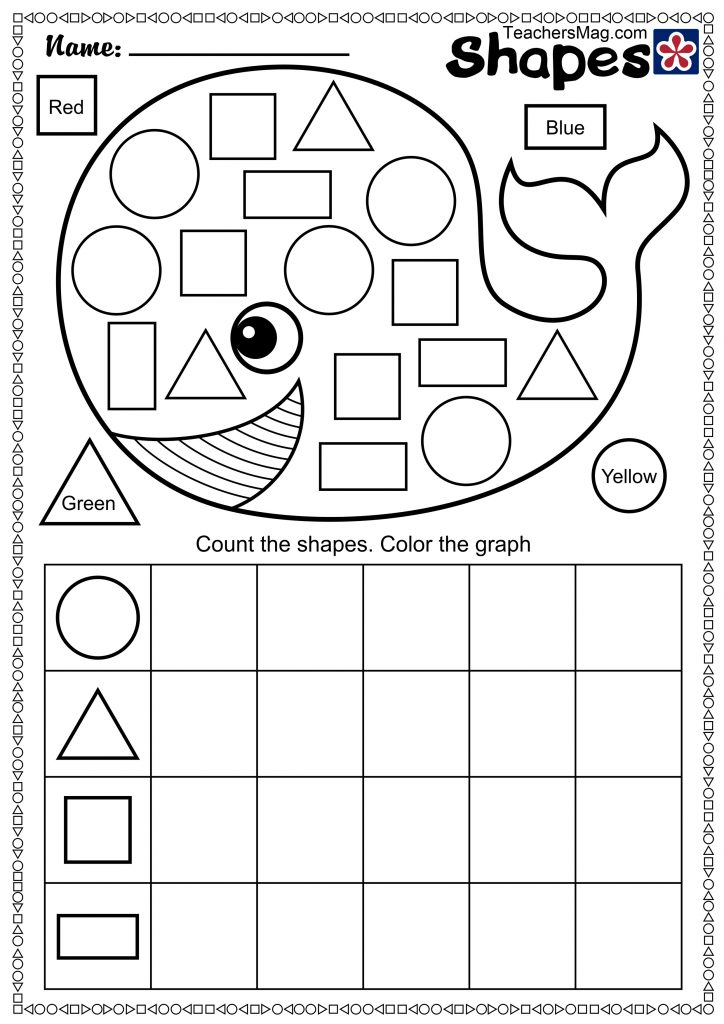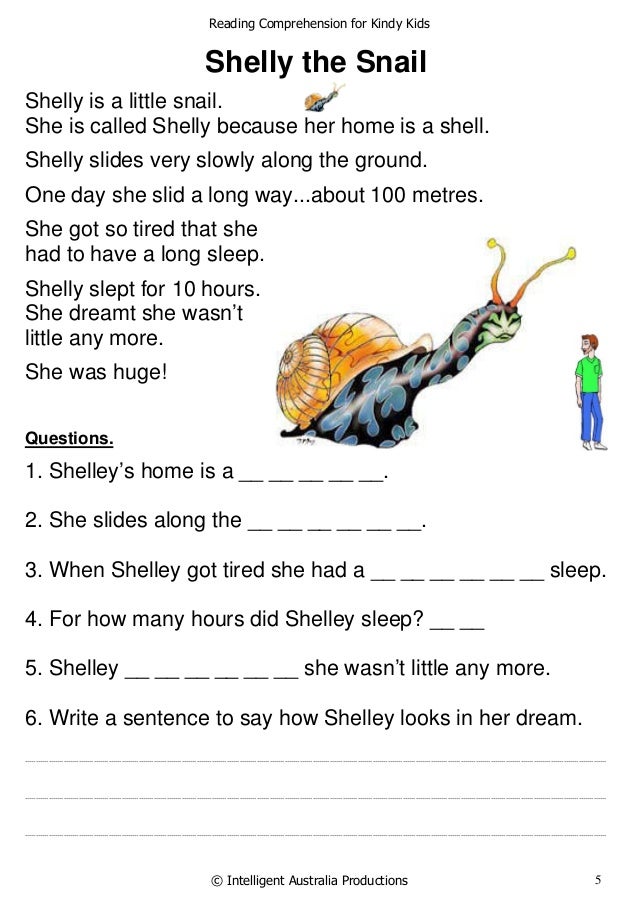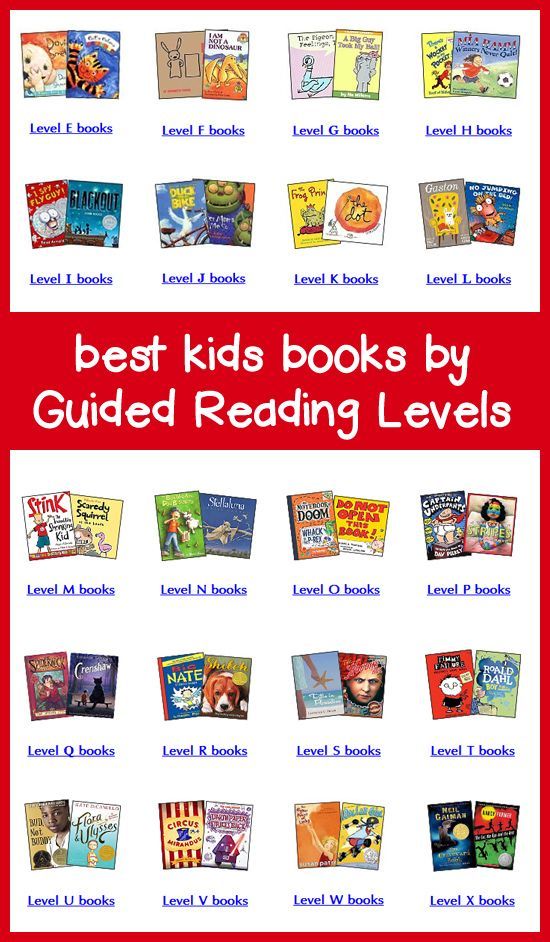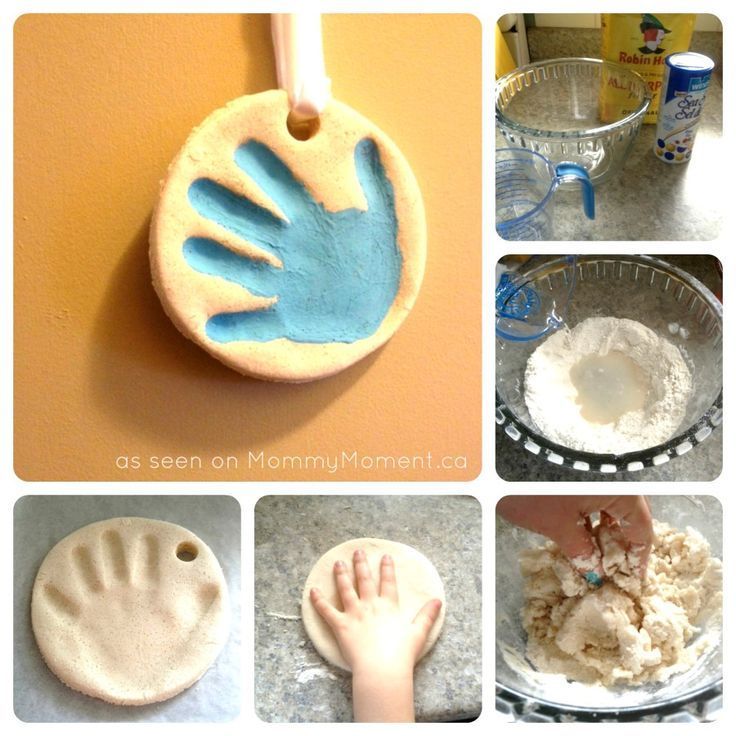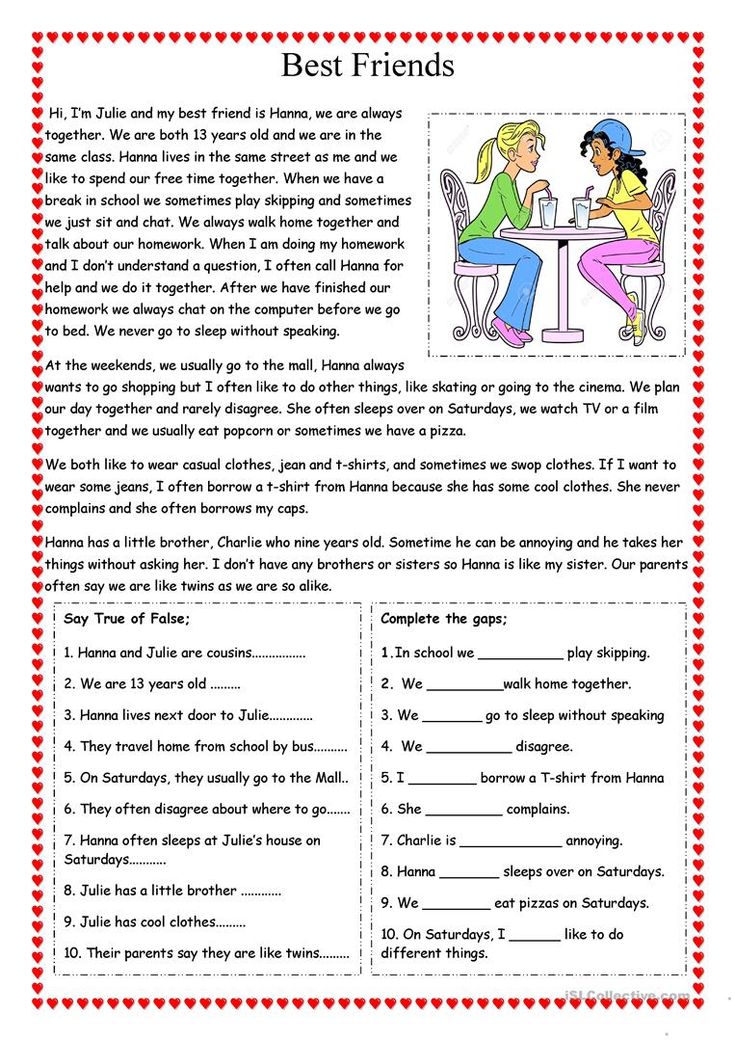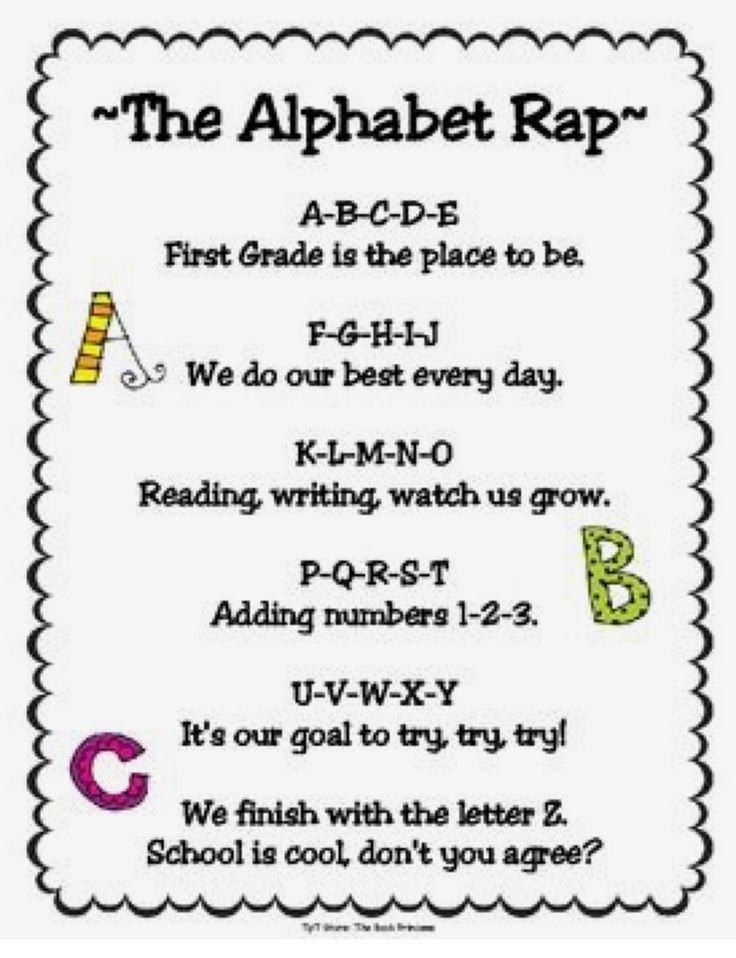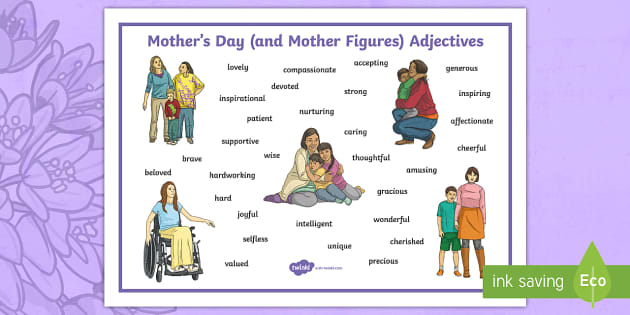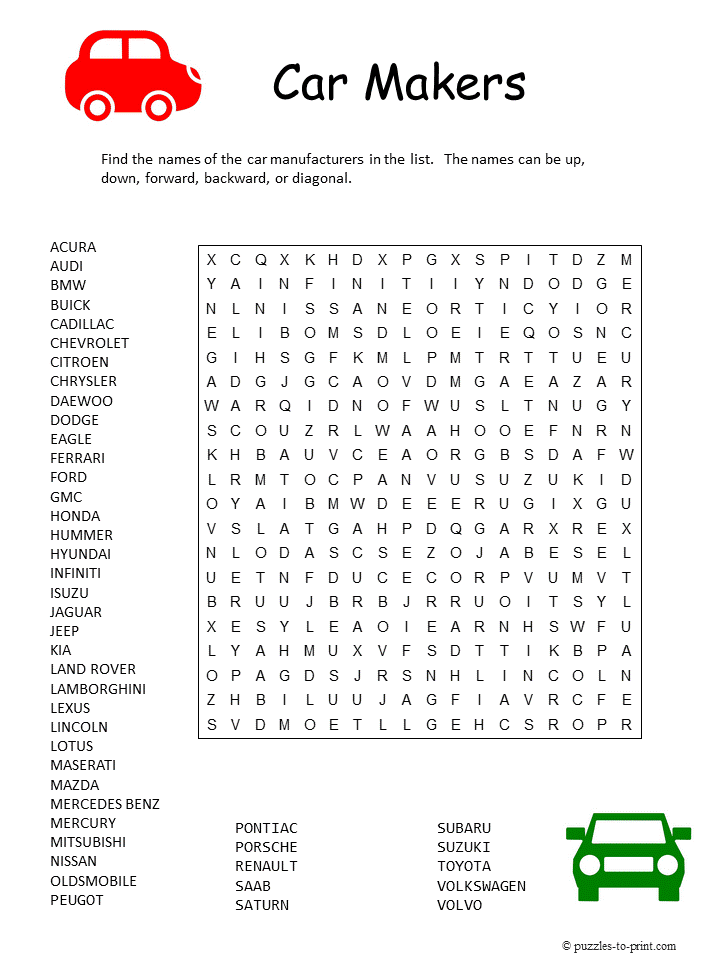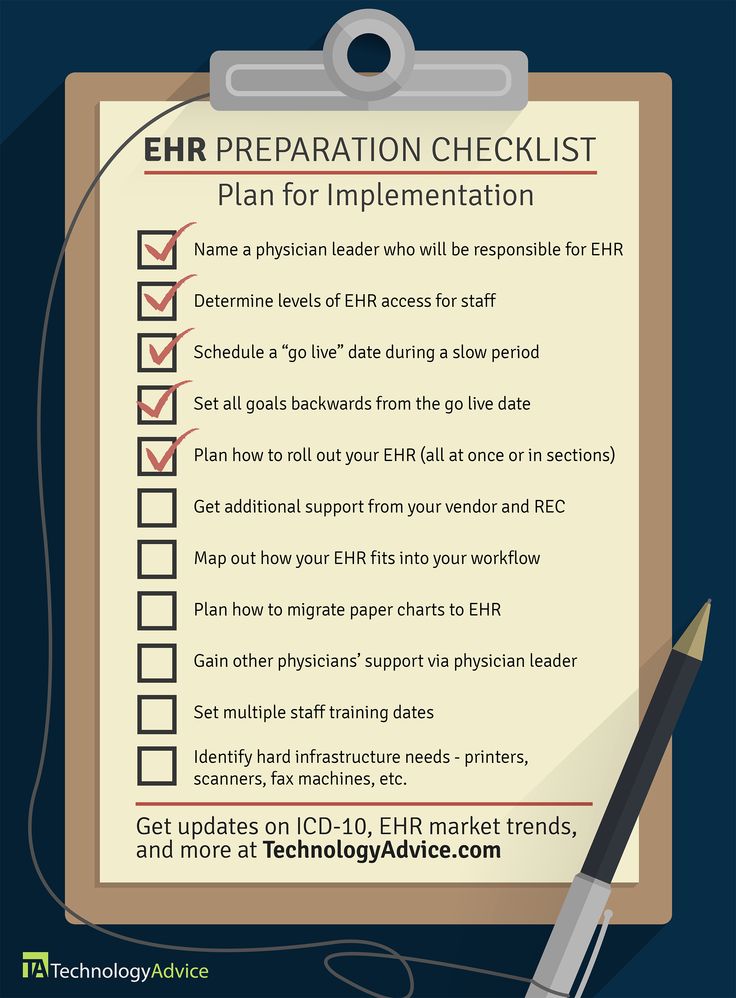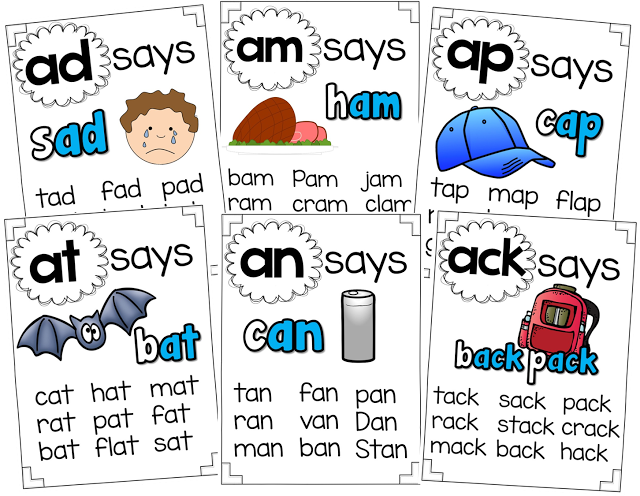Preschool lesson plan shapes
Free Shapes Preschool Lesson Plans
In order to be ready for kindergarten, preschoolers benefit from learning their shapes. Here are 16+ shape activities for preschoolers that are already formatted into weekly lesson plans. Just download them from the end of this post.
Already-Planned-For-You Shape Activities for Preschoolers
Get your free preschool lesson plans at the end of this post.Learning shapes is the most basic skill within the geometry discipline of math, so it makes sense that we spend some time teaching our preschoolers about shapes.
But there’s more to shapes than just their names. These preschool shape activities will take you beyond just memorizing shape names.
FAQ About How to Teach Shapes to Preschoolers
The following are the most frequently asked questions about how to teach shapes to preschoolers and toddlers.
How do you teach preschoolers about shapes?
Like many early childhood concepts, the more variety and the more hands-on activities you can offer the better your preschooler or toddler will learn. Make a shapes sensory bin. Read books about shapes. Hide shapes around the house and seek them out. Cut out shapes from construction paper and glue them together to make artwork. These are a few examples of how to teach shapes to preschoolers.
What shapes should preschoolers know?
By the time a preschooler is bound for kindergarten, they should be able identify the following shapes:
~ circle
~ square
~ triangle
~ rectangle
~ oval
~ rhombus
~ heart
~ star
You can find this and more in my Toddler & Preschool Assessment & Portfolio Pack.
Why teach shapes in preschool?
Teaching shapes to your preschooler is more than just teaching them to name them. Learning shapes helps children identify and organize visual information. Learning shapes also helps children understand other signs and symbols, such as street signs or icons on a computer app.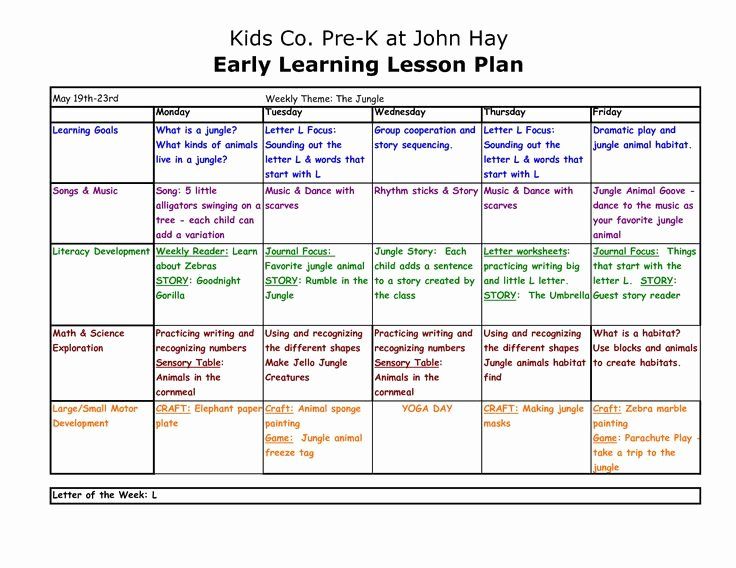
Hands-on Preschool Shape Activities
These shape activities are available in a download at the end of this post. They offer 16+ activities to complete over the course of a week and are a part of my Learn At Home Preschool Lesson Plans.
To see more of my free Learn At Home Preschool Lesson Plans, just click below.
>>> Learn At Home Preschool Lesson Plans Collection <<<
Literacy Activities for a Shapes Theme
Building Letters & Shapes Using Pipe Cleaners – Did you know that learning shapes help children recognize letters? Letters are very similar to shapes. The letter V is a triangle missing a side, and the letter O is just a circle. Using pipe cleaners, invite your preschooler to build some basic shapes. Can you turn any of those shapes into a letter or number with a quick tweak? What new letters/numbers can you make?
Shapes and Letters Collage – Using an old magazine or two, invite your preschooler to cut out all different kinds of shapes.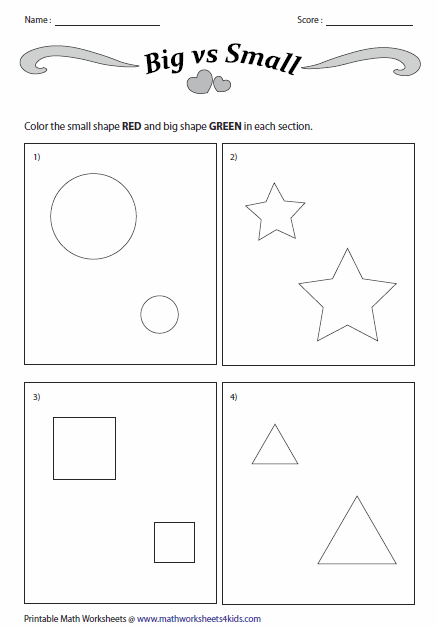 While looking for shapes, encourage them to look in the magazine for the letters in their names. Look for favorite toys or foods, too! Cut everything out and assemble on a collage. Invite your preschooler to talk about their collage and name all the items they picked out. Then display it proudly!
While looking for shapes, encourage them to look in the magazine for the letters in their names. Look for favorite toys or foods, too! Cut everything out and assemble on a collage. Invite your preschooler to talk about their collage and name all the items they picked out. Then display it proudly!
Don’t Forget Picture Books About Shapes
When I first started teaching, there weren’t many picture books to help teach shapes to preschoolers. But things have changed! Here is a book list featuring my favorite shape books to read to my preschoolers.
Math and Science Activities for a Shapes Theme
Geometry Shape Train – Help your preschooler learn about the different properties of shapes by manipulating them to fit into a specific shape or design on paper. This activity develops spatial awareness and shape recognition. Print the train template and the shapes, and match the shapes to fill the train! Your growing engineer will love this activity!
Shape Activities with Movement – Grab some painters tape and make a few large shapes on the floor.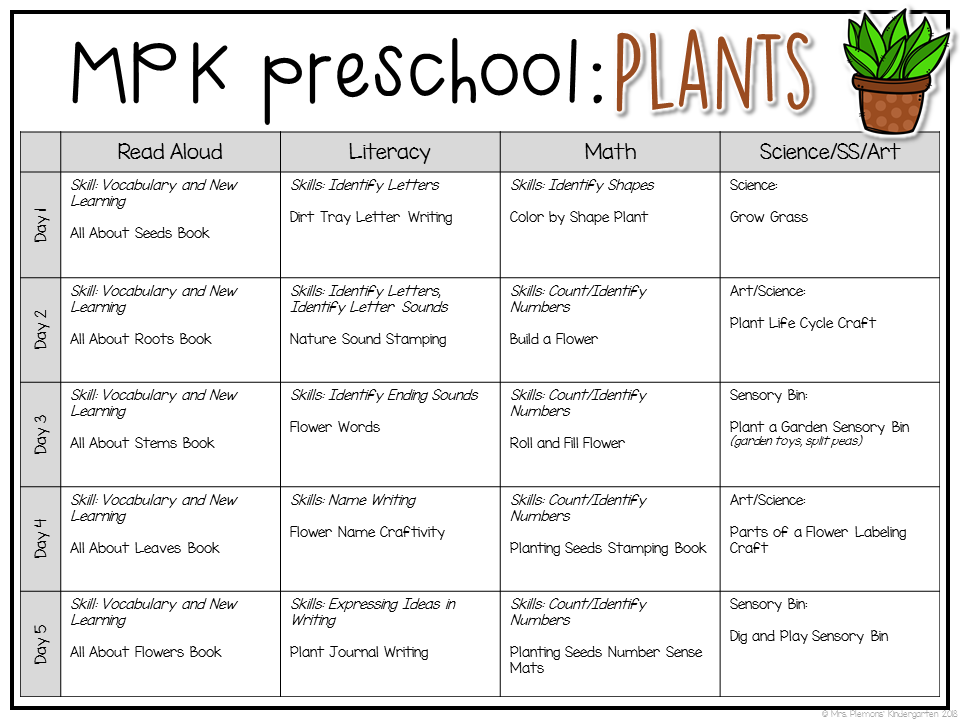 Encourage your preschooler to trace the shape with their hand (and foot!) and hop, dance, or slide across the shape. This is a good activity for rainy days, too.
Encourage your preschooler to trace the shape with their hand (and foot!) and hop, dance, or slide across the shape. This is a good activity for rainy days, too.
Which Shape is the Strongest? – Fold three pieces of construction paper into differently-shaped tubes. Fold one tube into a triangle, one into a square, and the other into a cylinder. Test which tube is the strongest when putting various items with a similar weight on top.
Playful Learning Activities for a Shapes Theme
Body Shapes – What shapes can you make with your body? Invite your preschooler to lie on the floor and try to make different shapes. What if you worked with a sibling or friend? What shapes can you make then? Take pictures of your preschooler and show them the shapes they made.
Mirror, Mirror Game – Face your preschooler and have them attempt to copy all your movements. Be silly! Run in place! Act like a monkey! Then switch roles and copy your preschooler.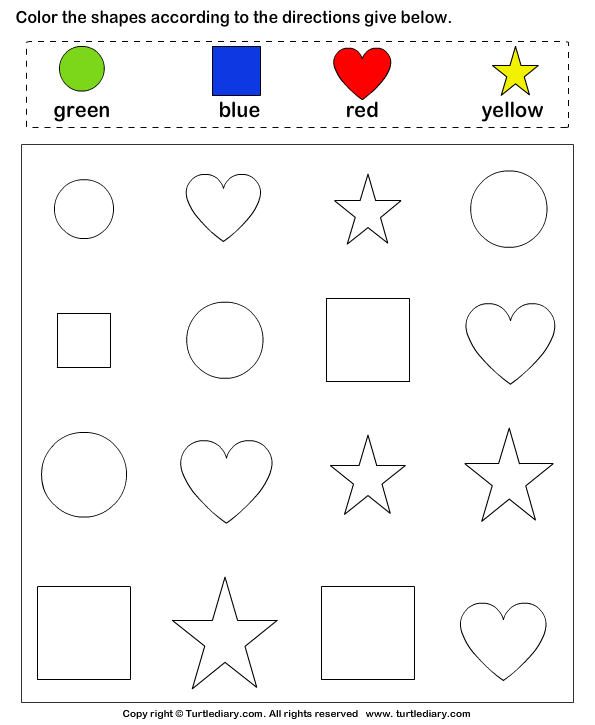 Can you make shapes with your body or hands? Challenge your preschooler to name “new shapes” they might create with their bodies while you copy them.
Can you make shapes with your body or hands? Challenge your preschooler to name “new shapes” they might create with their bodies while you copy them.
Sock Basketball – Help with the laundry by tossing clothes into the basket. Roll up clothes into a ball (or sphere) and toss them into the laundry basket. Two points for making it in on the first try! Make it into a fun game and gather all the laundry from around the house to be a big helper.
Download your free shape activities for preschooler at the end of this post.Social-Emotional Activities for a Shapes Theme
Kid Yoga – Devoting time to stretch, move, and center our bodies is great for people of all ages! Go to YouTube and watch the video Kids Yoga Alphabet. Join in with the instructor and encourage your preschooler to practice some of the alphabet shape movements. If they are hesitant, allow them to watch and begin when they are ready. Encourage taking deep breaths, trying to be calm and centered, and model making mistakes as you try different poses.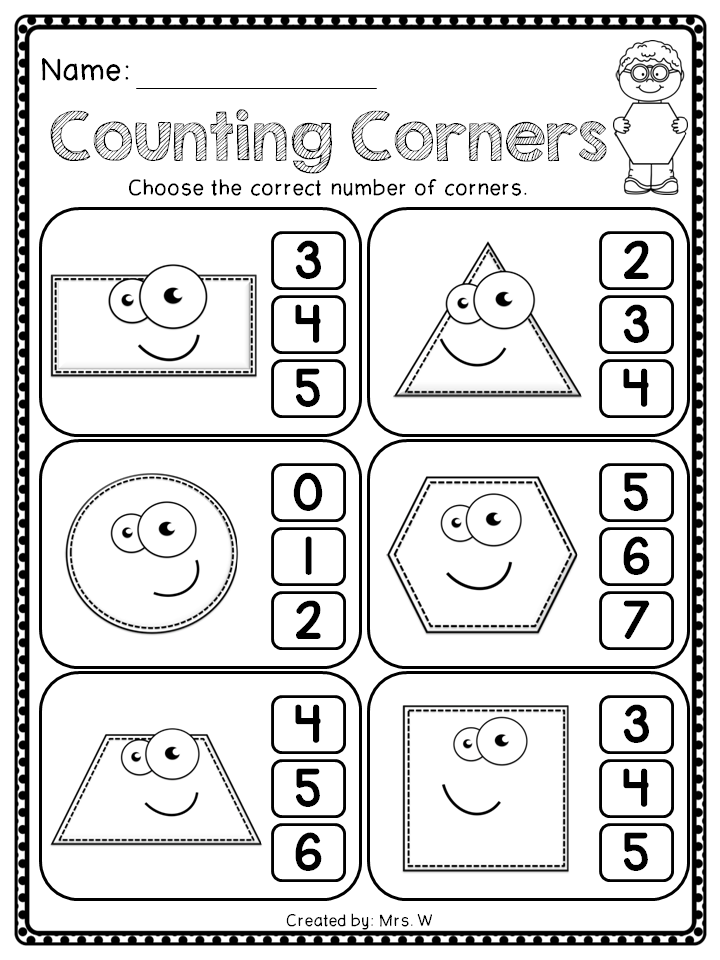 Keep it fun and engaging!
Keep it fun and engaging!
Drawing Confidence – Go to YouTube and listen to the book A Drawing Game by Anitha Murthy. After listening, invite your preschooler to do just like the young girl in the book and think of the shapes when she intends to draw something. As children get older, they often struggle with their drawing not matching the idea in their head or get frustrated when it doesn’t come out as they had hoped. Encouraging your preschooler to always think of the shapes when drawing will help them feel confident and like a true artist!
Just Plain Fun Activities for a Shapes Theme
Shape Flower Craft – This fun craft allows your preschooler to get creative with shapes and colors.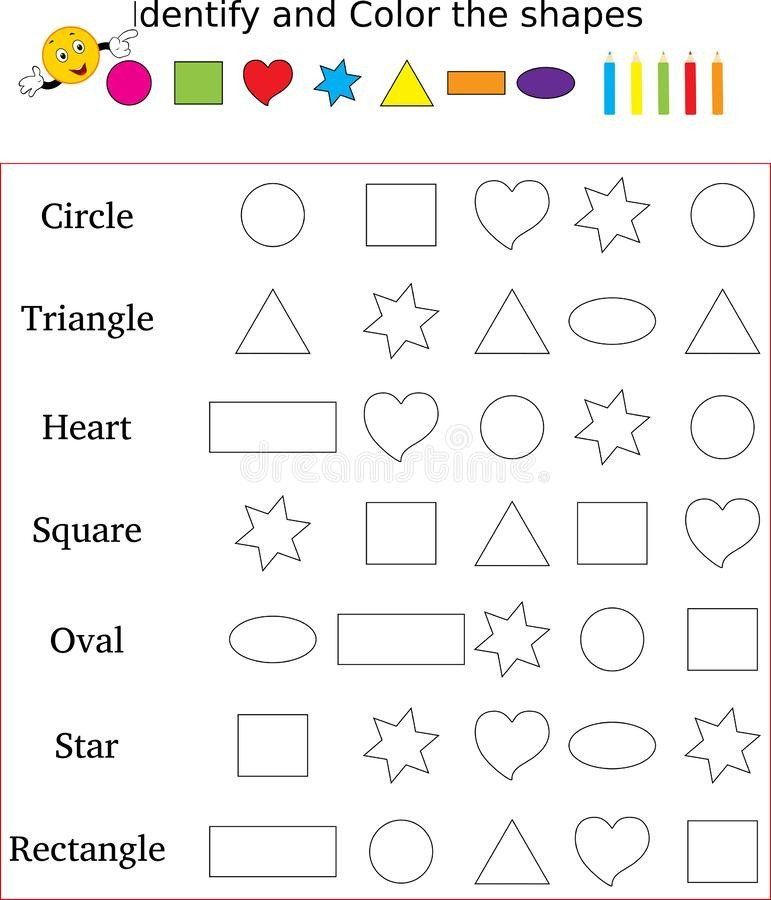 Cut out various shapes from construction paper…the more the better! Challenge your preschooler to use the shapes to make various flowers. How many different designs can they come up with? If you have a preschool class, make an entire flower garden of shapes to hang on the wall!
Cut out various shapes from construction paper…the more the better! Challenge your preschooler to use the shapes to make various flowers. How many different designs can they come up with? If you have a preschool class, make an entire flower garden of shapes to hang on the wall!
Shape Pizza Craft – Kids love pizza! So why not make a shape pizza using construction paper? Invite your preschooler to draw various shapes on colored paper that represent the toppings. Circles for pepperoni, rectangles for cheese, triangles for pineapples…the options are endless! Glue them all down on a large circle for your pizza crust and have fun being a pizza chef! This is also a great activity to add to your Food and Nutrition Theme.
Playdough Shapes – Get creative with playdough shapes! Make houses, pizza, cakes, cars, and more. What shapes are used to make these different items?
Our Favorite Toys to Teach Shapes
You don’t need specialty toys or manipulatives to be an effective teacher, but if you’re looking for some shape manipulatives, these are some of the most used in my own classroom.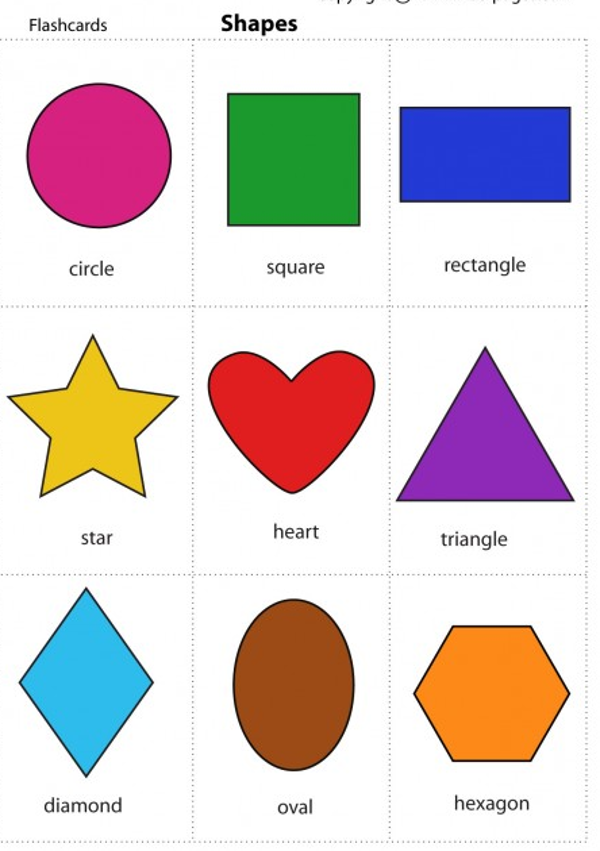
Safe Online Activities for a Shapes Theme
Online Story – Go to YouTube and listen to the book Round is a Tortilla: A Book of Shapes by Roseanne Thong. As you are listening, review any unknown words with your preschooler. Encourage your preschooler to answer the questions on each page as you read to make this book even more interactive.
Learn Shapes with Pete the Kitty – Follow along with our favorite Pete the Kitty and learn shapes and colors! And who doesn’t love Pete the Cat?!
Shapes are Everywhere Song – This song offers a great way to help your preschooler identify the names of the shapes, as well as where we see these shapes in our everyday lives.
Get Your Free Preschool Shape Activities Here
These shape activities ate written up as lesson plans to be completed in about a week’s time, but you can use them any time of year! Grab your free Learn At Home Preschool Lesson Plans by clicking the image below.
You Might Also Like These Lesson Plans
This Shapes Preschool Math Unit includes everything you need to teach beginning geometry and shapes in preschool math!
It gives you the lesson plans and the centers, as well as smaller daily math activities to keep your students learning. Not only will your preschoolers learn how to identify basic shapes, but they will also develop spatial awareness skills.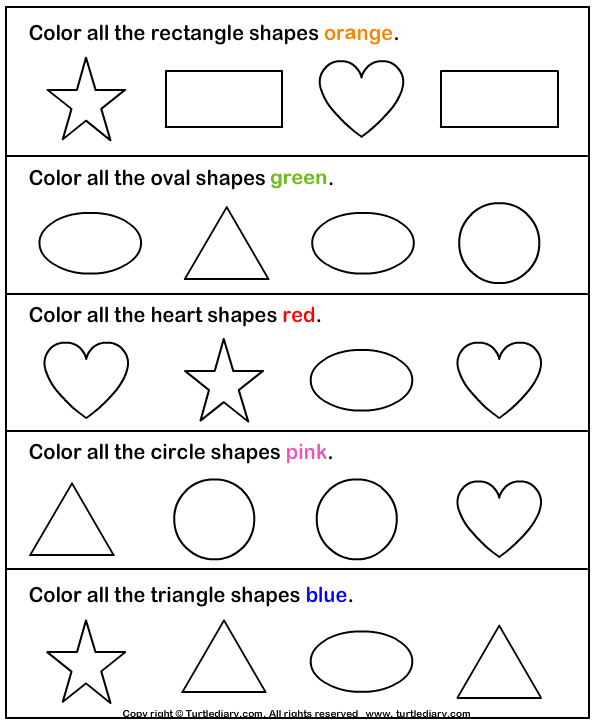 From matching and sorting to graphing shapes and tracing, your preschooler will gain a strong foundation in geometry with these lesson plans.
From matching and sorting to graphing shapes and tracing, your preschooler will gain a strong foundation in geometry with these lesson plans.
With four complete weeks of lesson plans and over 36 hands-on activities, your preschooler will love math, too!
Sarah Punkoney, MAT
I’m Sarah, an educator turned stay-at-home-mama of five! I’m the owner and creator of Stay At Home Educator, a website about intentional teaching and purposeful learning in the early childhood years. I’ve taught a range of levels, from preschool to college and a little bit of everything in between. Right now my focus is teaching my children and running a preschool from my home. Credentials include: Bachelors in Art, Masters in Curriculum and Instruction.
stayathomeeducator.com/
Shapes Lesson Plan
Notes:
This is a really fun, interactive lesson for learning shapes and it has some great activities.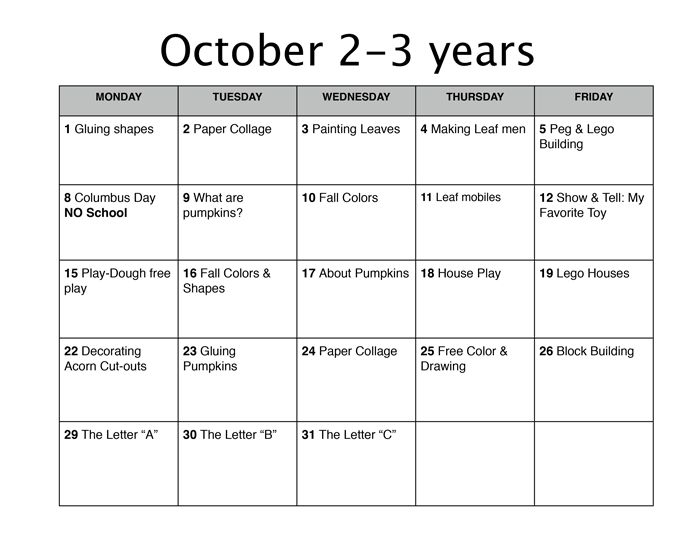 If possible, teach this lesson after you have taught the Parts of the Body lesson (as you will be recycling vocab from that lesson).
If possible, teach this lesson after you have taught the Parts of the Body lesson (as you will be recycling vocab from that lesson).
Lesson Procedure:
Warm Up and Maintenance:
See our "Warm Up & Wrap Up" page.
New Learning and Practice:
1. Teach the shapes vocab
Before class, prepare the shapes from the shape craft sheet. Cut out the shapes from the sheet for yourself and also enough for each pair of students (these will be used in a pair work activity later on). It would be a good idea to print on card or even laminate the shapes so you can reuse them.
Start off by showing the large square and teaching / chorusing "square". Hand the square to a student who says "square" and passes it on to another, each student saying "square" as they pass it around. Do this for all the shapes. You can also elicit colors and sizes (e.g. a "big, yellow, square", "a small, blue square", etc.).
2.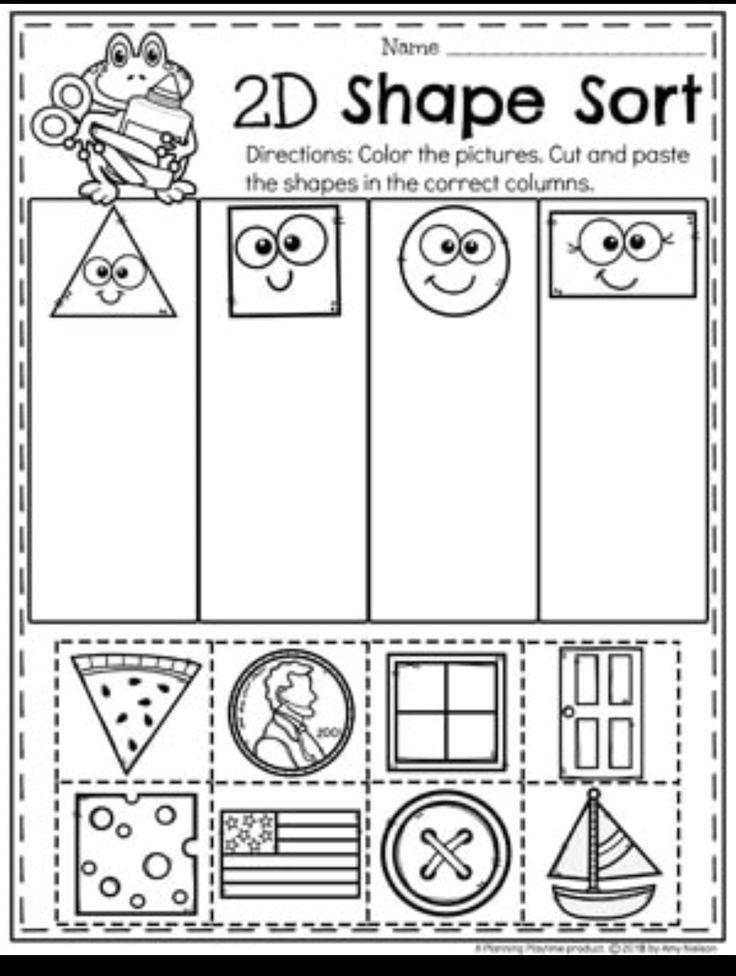 Play missing shapes
Play missing shapes
Spread the shapes out on the floor and gather everyone around. Tell everyone to close their eyes. Take away one shape and say “Open your eyes”. Everyone must guess which shape is missing.
3. Play shape touch
With the shapes still spread out on the floor, say "Hands up in the air" – once all hands are up say “touch a (green) circle” – and have everyone quickly touch (not slam!) a green circle. Do this for all of the shapes.
4. Do "Play-doh" shapes
Put kids in small groups and give each group some pots of play-doh. Have some play-doh for yourself. Everyone is going to make play-doh shapes. Start with a shape and model how to make it with the play-doh and have everyone make the shape. Do this for all four shapes.
5. Show the Mr. Shape Face craft
Everyone will be unaware that the cut-out shapes actually make up a facepicture.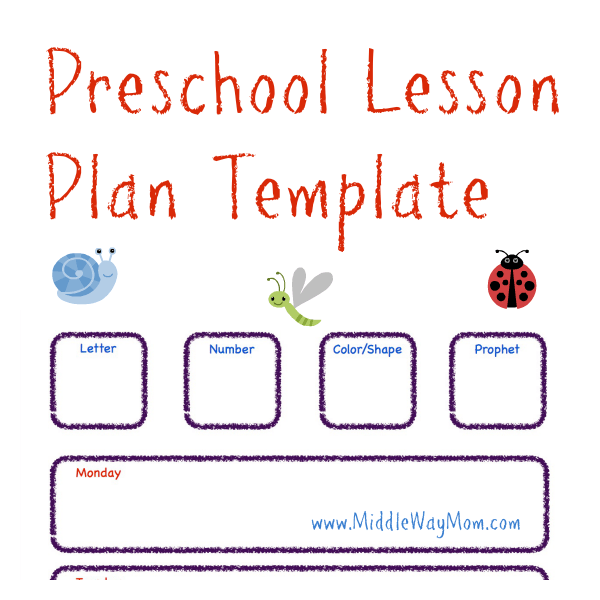 Bring everyone's attention to the board. Make sure each of your shapes has some sticky plastic or blue-tak on the back. Hold up the large square and elicit the shape. Stick it to the board. Then hold up the large triangle, elicit that shape and stick it to the nose position. Keep doing this with all of the shapes until you have a complete head. Everyone will enjoy watching a face grow out of the shapes they have been playing with. Elicit / teach the face vocab for each face shape (e.g. a triangle nose, a rectangle mouth, etc.).
Bring everyone's attention to the board. Make sure each of your shapes has some sticky plastic or blue-tak on the back. Hold up the large square and elicit the shape. Stick it to the board. Then hold up the large triangle, elicit that shape and stick it to the nose position. Keep doing this with all of the shapes until you have a complete head. Everyone will enjoy watching a face grow out of the shapes they have been playing with. Elicit / teach the face vocab for each face shape (e.g. a triangle nose, a rectangle mouth, etc.).
6. Play "teacher says" for face vocab
With the shapes still on the board, get everyone to stand up and say "Teacher says touch your (nose)". Everyone should touch their nose. Do this for all of the face vocab. Then say "Touch your hair" without the "Teacher says" part and indicate that they shouldn’t touch when "Teacher says" is omitted. As everyone gets the hang of it go faster and faster.
7.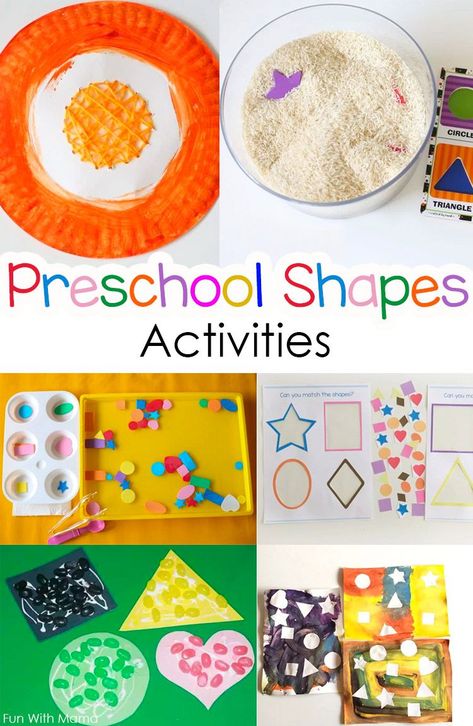 Sing the "Mr. Shape Head" song
Sing the "Mr. Shape Head" song
Keep Mr. Shape Head on the board and use it with the song. The song poster is also helpful as it shows the order of the shapes as they are sung in the song – so you can put this on the board as well. Play the song through one time, pointing at the shapes on the board as they are sung. Next, get everyone to stand up – teach the gestures (see below) and then play the song again and sing along doing all of the gestures.
Lyrics for "Mr. Shape Head"
Chorus:
Mr. Shape Head, how are you?
Mr. Shape Head, how are you?
Mr. Shape Head, how are you?
How are you this morning?
Verse 1:
My eyes are square, but I’m okay
My ears are circles, but I’m okay
My nose is a triangle, but I’m okay
For I am Mr. Shape Head
Chorus
Verse 2:
My head is square, but I’m okay
My mouth is a rectangle, but I’m okay
My hair is a triangle, but I’m okay
For I am Mr. Shape Head
Shape Head
Chorus
(download MP3 here)
Gestures for "Mr. Shape Head"
Some simple actions can be used with this song:
- For the Chorus, touch your head for the "Mr. Shape Head" parts and then do the question gesture (palms up, looking puzzled) for the "How are you?" parts.
- For the verses, make shapes with your fingers for each shape and place on the part of the face as it is sung (e.g. "My eyes are square" – make two square shapes with your fingers and place over your eyes; for "My ears are circles" make two circle shapes with your fingers and place over your ears; etc.).
- For the part of the verse "but I’m okay", do a thumbs up with both hands.
- For the end of each verse "For I am Mr. Shape Head", move your already thumbs up gesture to point your thumbs inwards to your body.
We also have a video that you can stream in class to sing along with (Internet connection required):
8. Read classroom reader "Mr. Shape Head"
Read classroom reader "Mr. Shape Head"
Let's follow the song with a reader which uses the structures from the song. Before class, download and print off the reader "Mr. Shape Head" and its corresponding reader worksheet from our website. Give the worksheets to your students to color as you read through the story. As you go through each page, point to the shapes in each picture and elicit the shapes, colors and face parts, for example:
Teacher: (reading from page 4) "Let's put your head back on. Where is your square head?" ... Ok, what shape is his head?
Students: Square!
Teacher: (pointing at a square eye) ... Is this his head?
Students: No!
Teacher: (pointing at a circle) ... Is this his head?
Students: No!
Teacher: Where is his square head? (invite a student to touch the picture)
Student: Here.
Teacher: Ok, let's check (turns over to page 5) .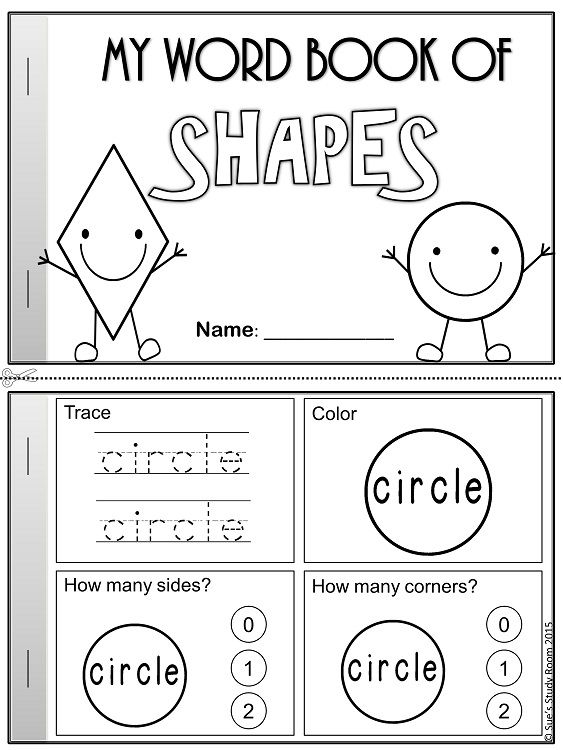 .. Yes, good job! What color is his square head?
.. Yes, good job! What color is his square head?
Students: Yellow!
Teacher: Yes, that's right! Ok, color the yellow square on your worksheets.
etc.
Get the students really involved in the story by asking lots of questions and getting them to touch their face parts along with the story.
---
Alternatively, watch our video version of the reader (Internet connection required):
9. Do the Mr. Shape Head craft
Put students in pairs and give each pair the shapes. Together they can make Mr. Shape Head. Circulate as everyone is doing the activity and ask questions (e.g. "What is this shape?", "What is this?"). You can play the Mr. Shape Head song in the background as everyone is doing this activity.
Extension activity – an optional, fun game is to play a version of "Pin the tail to the donkey". Blindfold one student and give him a shape to put on the yellow square.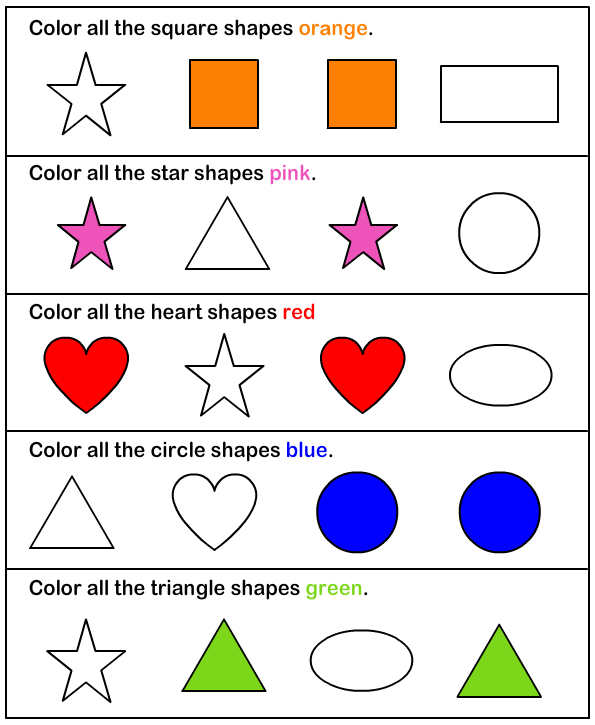 Then get another blindfolded student to add another shape. Keep going until all the shapes are used up. The final head will be all over the place but it will have been great fun!
Then get another blindfolded student to add another shape. Keep going until all the shapes are used up. The final head will be all over the place but it will have been great fun!
Wrap Up:
1. Assign Homework: "Mr. Shape Head" worksheet.
2. Wrap up the lesson with some ideas from our "Warm Up & Wrap Up" page.
Methods and forms of work with parents. Synopsis of an open lesson for SVE students | Lesson outline on the topic:
Slide 1
FORMS AND METHODS OF WORK WITH PARENTS
Slide 2
CHECK YOURSELF The teaching method is 1 initial patterns that determine the organization of the educational process. 2 orderly activity of the teacher and students aimed at achieving a given learning goal 3 logical category that indicates the way of organizing cognitive activity Form is 1 way of existence of the educational process, a shell for its inner essence, logic and content. 2 space for dialogue and cooperation between the participants of the pedagogical process
Slide 3
CHECK YOURSELF Teaching method is 1 initial patterns that determine the organization of the educational process.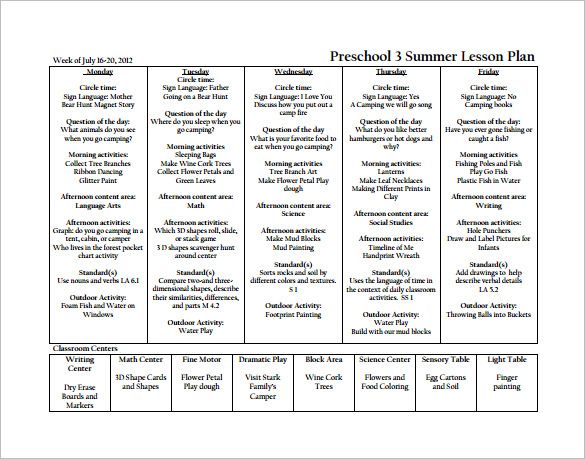 2 orderly activity of the teacher and students aimed at achieving a given learning goal 3 logical category that indicates the way of organizing cognitive activity Form is 1 way of existence of the educational process, a shell for its inner essence, logic and content. 2 space for dialogue and cooperation between the participants of the pedagogical process
2 orderly activity of the teacher and students aimed at achieving a given learning goal 3 logical category that indicates the way of organizing cognitive activity Form is 1 way of existence of the educational process, a shell for its inner essence, logic and content. 2 space for dialogue and cooperation between the participants of the pedagogical process
Slide 4
TEST YOURSELF Reception is 1 set of pedagogical skills for the implementation of pedagogical influence 2 element of developing a skill or skill 3 one-time action, in the implementation of the method Teaching means is 1 set of material objects and objects of spiritual culture intended for organization and implementation pedagogical process. 2 way to optimize the educational process 3 set of technical devices used in the pedagogical process.
Slide 5
CHECK YOURSELF Reception is 1 set of pedagogical skills for the implementation of pedagogical influence 2 element of developing a skill or skill 3 one-time action, in the implementation of the method Teaching means is 1 set of material objects and objects of spiritual culture intended for organization and implementation pedagogical process.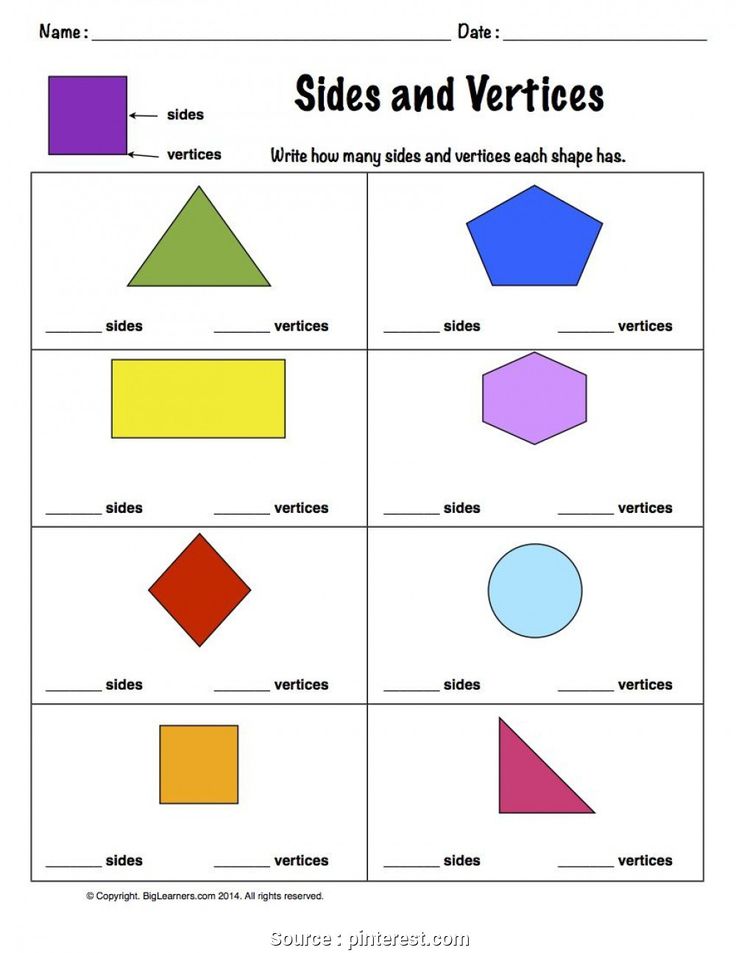 2 way to optimize the educational process 3 set of technical devices used in the pedagogical process.
2 way to optimize the educational process 3 set of technical devices used in the pedagogical process.
Slide 6
THEORETICAL ASPECT METHOD (FROM THE GREEK METHODOS - THE PATH OF RESEARCH OR KNOWLEDGE) - A SET OF RELATIVELY HOMOGENEOUS TECHNIQUES, OPERATIONS OF PRACTICAL OR THEORETICAL DEVELOPMENT OF REALITY, SUBJECT TO A CONCLUSION. FORM - WAY OF EXISTENCE OF THE EDUCATIONAL PROCESS, SHELL FOR ITS INNER ESSENCE, LOGIC AND CONTENT.
Slide 7
ACTIVITIES OF THE PEDAGOGICAL TEAM IN ORGANIZING WORK WITH PARENTS REALIZES THE FOLLOWING GOALS: 1. Enlightenment - to promote parental vision and understanding of the changes happening to children. 2. Advisory - a joint psychological and pedagogical search for methods of effective influence on the child in the process of acquiring social and educational skills. 3. Communicative - enrichment of family life with emotional impressions, experience of the culture of interaction between the child and parents.
Slide 8
Forms of interaction with the family Open Doors Day Family projects Parent meetings in a non-traditional form School for toddlers (up to 1. 5 years old) Consulting assistance of specialists Publication of the newspaper of the preschool educational institution Club of parental culture "Friendly family" Club "Together with grandmother" Conversations Holidays and entertainment Library for parents Conferences, readings, promotions Pair gymnastics Workshops Creating a family portrait, exhibitions cooperation
5 years old) Consulting assistance of specialists Publication of the newspaper of the preschool educational institution Club of parental culture "Friendly family" Club "Together with grandmother" Conversations Holidays and entertainment Library for parents Conferences, readings, promotions Pair gymnastics Workshops Creating a family portrait, exhibitions cooperation
Slide 9
Traditional Non-traditional ● Parent meetings ● Group and general kindergarten conferences ● Individual teacher consultations ● Home visits ● Parent trainings ● Discussions ● Psychological warm-ups ● Round tables ● Oral journals ● Workshops ● Parent evenings ● Parent readings ● Parent rings Forms of work are divided into - active and passive, on group and individual, as well as on:
Slide 10
Name What is the purpose of this form Forms of communication Information and analytical Identification of the interests, needs, requests of parents, their level of pedagogical literacy Mailbox Leisure Establishment of emotional contact between teachers, parents, children Joint leisure activities, holidays, participation of parents and children in exhibitions Cognitive Familiarization of parents with the age and psychological characteristics of preschool children.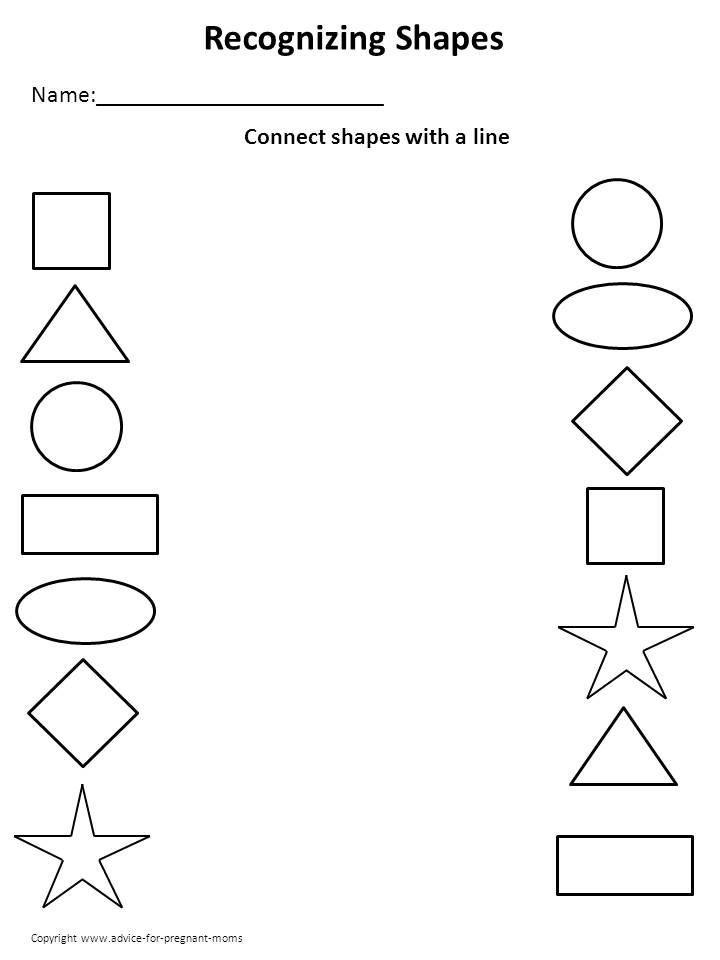 Formation of practical skills for raising children in parents Workshops, pedagogical briefing, pedagogical living room, holding meetings, consultations in an unconventional form, oral pedagogical magazines, games with pedagogical content, pedagogical library for parents Visual and informational: informational and familiarization; informational and educational Familiarization of parents with the work of a preschool institution, the peculiarities of raising children. Formation of parents' knowledge about the upbringing and development of children Information brochures for parents, organization of days (weeks) of open doors, open viewings of classes and other activities for children. Issue of newspapers, organization of mini-libraries Non-traditional forms of organization of communication between teachers and parents
Formation of practical skills for raising children in parents Workshops, pedagogical briefing, pedagogical living room, holding meetings, consultations in an unconventional form, oral pedagogical magazines, games with pedagogical content, pedagogical library for parents Visual and informational: informational and familiarization; informational and educational Familiarization of parents with the work of a preschool institution, the peculiarities of raising children. Formation of parents' knowledge about the upbringing and development of children Information brochures for parents, organization of days (weeks) of open doors, open viewings of classes and other activities for children. Issue of newspapers, organization of mini-libraries Non-traditional forms of organization of communication between teachers and parents
Slide 11
Round table Discussion meeting Evening of questions and answers Questioning Analysis of pedagogical situations Parents' conference Testing Consultation Interviewing Pedagogical "living room" Discussion questions Solving problematic pedagogical problems Educational-game training Appeal to authoritative opinion from literature Practicums in the form of a business game, etc.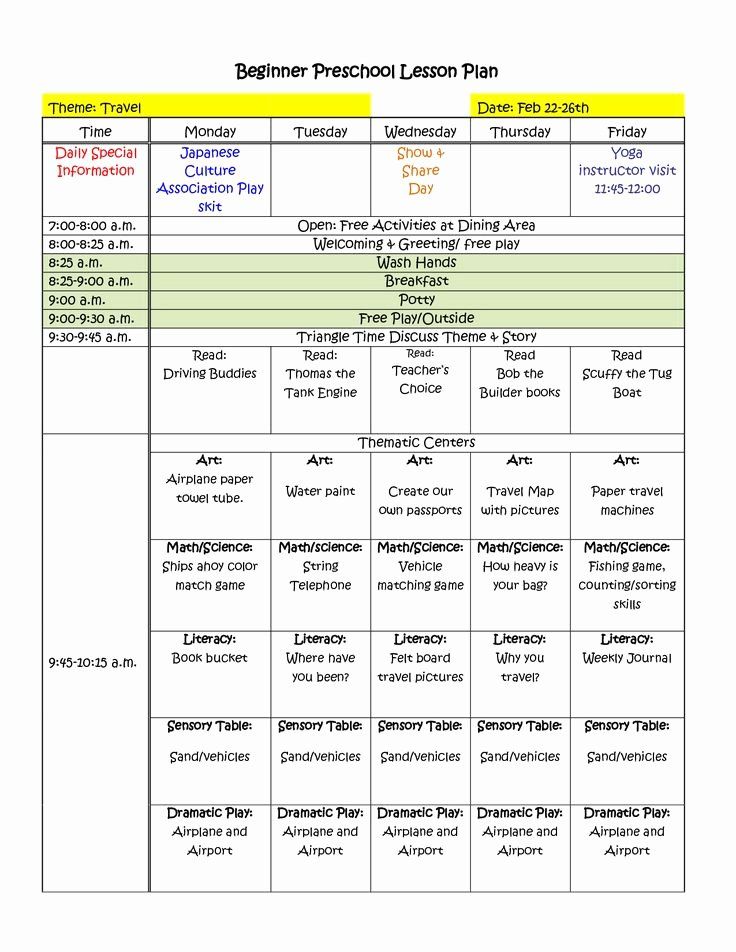 Open views of children's activities Controlled game interaction between parents and children Leisure forms of communication between children and adults (cognitive-game quiz, folklore, sports leisure, etc.) Analysis of the results of children's creative activities Family reading library Analysis of the results of parents' creative activities Game modeling of parental behavior Visual means of communication Watching video Game tasks and exercises Helpline Listening to audio recording Motor exercises Open day Game tasks for home communication Ri day tasks Family weekend routes Actions with the participation of children and adults Popular forms of communication Active methods of communication Methods for the development of reflection Variety of forms and active methods of communication with parents
Open views of children's activities Controlled game interaction between parents and children Leisure forms of communication between children and adults (cognitive-game quiz, folklore, sports leisure, etc.) Analysis of the results of children's creative activities Family reading library Analysis of the results of parents' creative activities Game modeling of parental behavior Visual means of communication Watching video Game tasks and exercises Helpline Listening to audio recording Motor exercises Open day Game tasks for home communication Ri day tasks Family weekend routes Actions with the participation of children and adults Popular forms of communication Active methods of communication Methods for the development of reflection Variety of forms and active methods of communication with parents
Slide 12
Joint events of teachers and parents Parent meetings Conferences Consultations Talks Evenings for parents Mugs for parents Thematic exhibitions Debates Pedagogical councils Board of trustees Meeting with the administration School for parents Visiting families at home Parents' committee
Slide 13
Joint events of teachers , parents and children Open days Tournaments of connoisseurs KVN circles, quizzes Holiday Family competitions Newspaper release Movie screenings Concerts Design of groups Competitions Improvement of preschool educational institutions and territory
Slide 14
The reasons for the difficulties in organizing events are: insufficient knowledge of the specifics of family education; inability to analyze the level of pedagogical culture of parents and the peculiarities of raising children; inability to plan joint work with children and parents.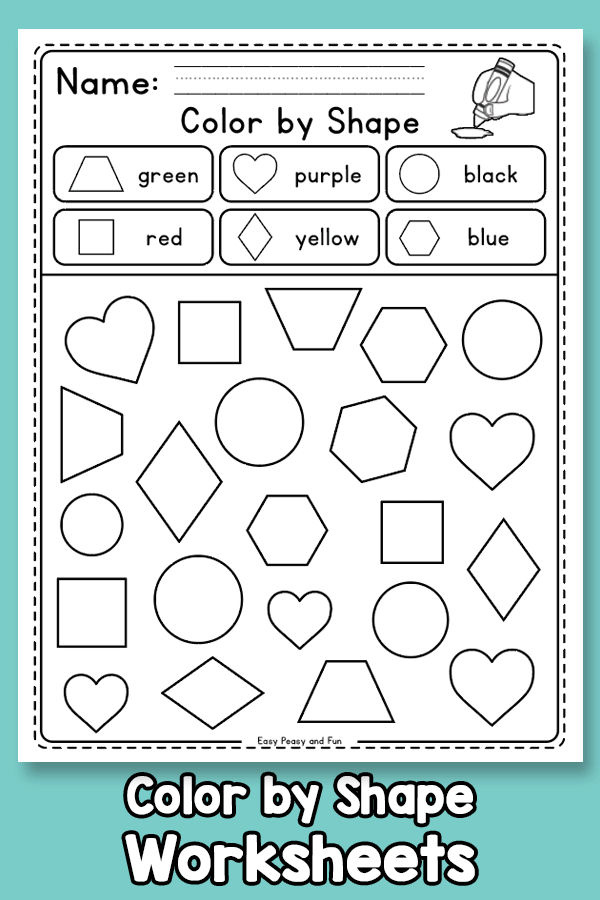
Slide 15
desire to make contact interest in communication vision of an equal partner in another willingness to accept a different point of view choice of interesting significant topics tactfulness COMPONENTS OF SUCCESSFUL COMMUNICATION
Slide 16
PROHIBITIONS, VIOLATION OF WHICH IS CONSIDERED AS A VIOLATION OF PEDAGOGICAL ETHICS. The first ban is a ban on establishing such personal relationships between the teacher and the parents of students that lead to a distortion of the pedagogical process and create situations where the teacher goes with the parents, and does not act as a leader. Relations between teachers and parents should be predominantly business-like and relate to the development of the child in the educational process. The second prohibition is the prohibition to discuss with parents the internal relations in the institution. It should become an immutable rule: all questions and claims that arise from parents are accepted by teachers, raised and considered together with the administration at pedagogical councils, meetings, meetings.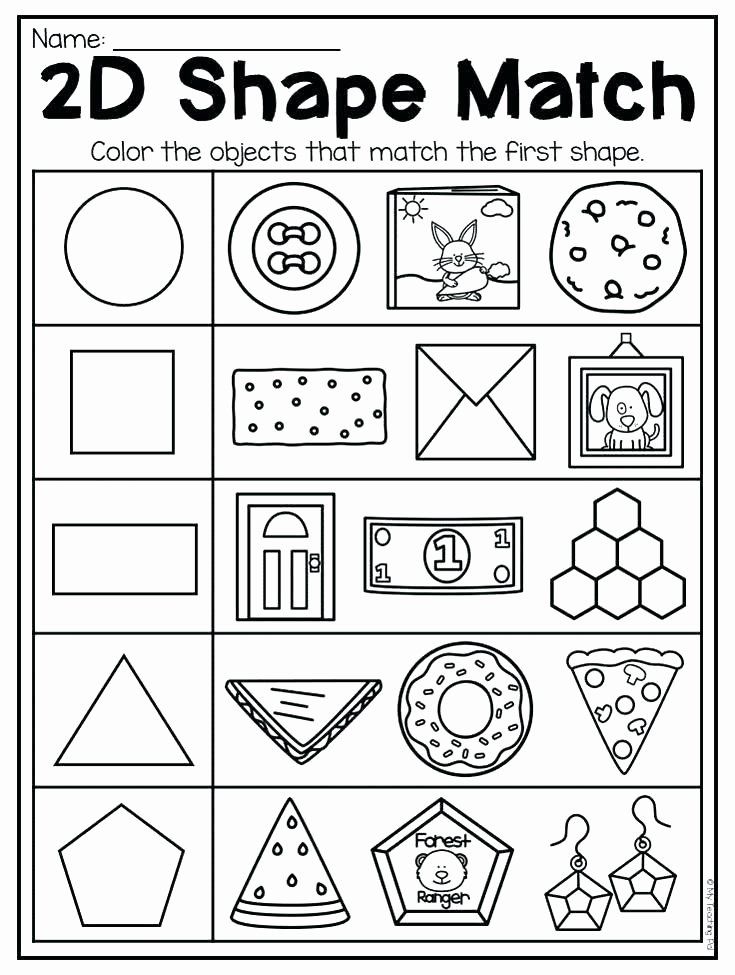 Parents will be notified of the measures taken. The third prohibition is a prohibition on assessing the personality of the child, his family. Only the actions of the child, the dynamics of his development, emotional reactions, etc. are discussed and evaluated.
Parents will be notified of the measures taken. The third prohibition is a prohibition on assessing the personality of the child, his family. Only the actions of the child, the dynamics of his development, emotional reactions, etc. are discussed and evaluated.
Slide 17
SELF-ANALYSIS SHEET Name of the student _____________________________ At the lesson I liked that _________ It was difficult for me ____________________________ I realized that ______________________________ I rate my work in the class as excellent, good, satisfactory, unsatisfactory (underline), because ______________________________________________
Slide 18
90 REFERENCES: E. P. Arnautova Teacher and family, Moscow 2002 E. P. Arnautova Fundamentals of cooperation between a teacher and a family of a preschooler, Moscow 1994Development of project skills of teachers of preschool educational organization
%PDF-1.5 % 10 obj > /Metadata 4 0 R >> endobj 5 0 obj /Title >> endobj 20 obj > endobj 3 0 obj > endobj 40 obj > stream
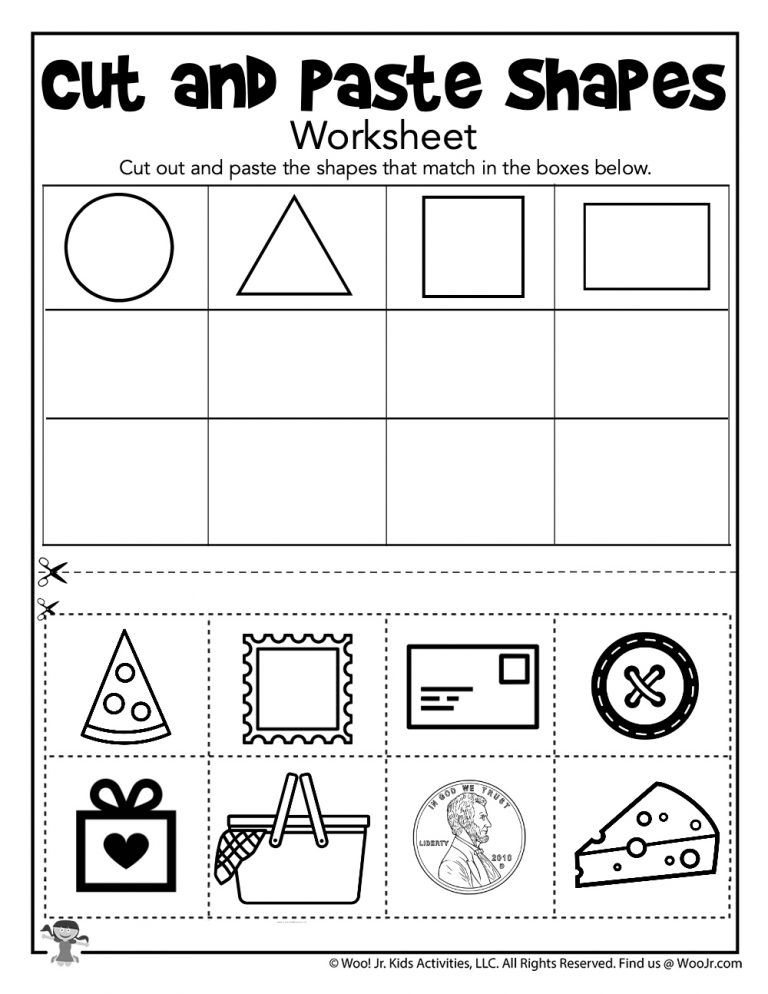 A.1.52017-12-20T13:51:27+05:002017-12-20T13:51:27+05:00 endstream endobj 6 0 obj > /ProcSet [/PDF /Text /ImageB /ImageC /ImageI] /XObject> >> /MediaBox[0 0 595.
A.1.52017-12-20T13:51:27+05:002017-12-20T13:51:27+05:00 endstream endobj 6 0 obj > /ProcSet [/PDF /Text /ImageB /ImageC /ImageI] /XObject> >> /MediaBox[0 0 595.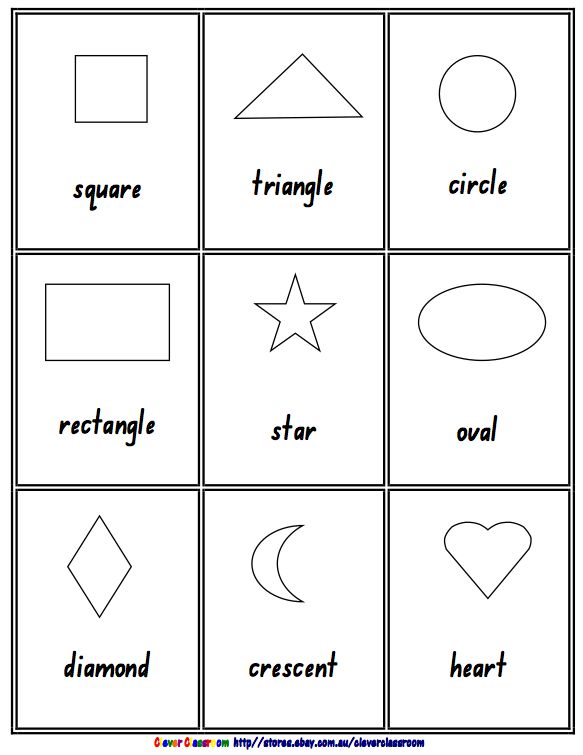 32 841.92] /Contents[87 0 R 88 0 R 89 0 R] /group> /Tabs /S /StructParents 0 /Annots [90 0 R] >> endobj 70 obj > /ProcSet [/PDF /Text /ImageB /ImageC /ImageI] >> /MediaBox [0 0 595.32 841.92] /Contents 91 0R /group> /Tabs /S /StructParents 1 >> endobj 80 obj > /ProcSet [/PDF /Text /ImageB /ImageC /ImageI] >> /MediaBox [0 0 595.32 841.92] /Contents 92 0R /group> /Tabs /S /StructParents 2 >> endobj 9 0 obj > /ProcSet [/PDF /Text /ImageB /ImageC /ImageI] >> /MediaBox[0 0 595.32 841.92] /Contents 93 0 R /group> /Tabs /S /StructParents 3 >> endobj 10 0 obj > /ProcSet [/PDF /Text /ImageB /ImageC /ImageI] >> /MediaBox [0 0 595.32 841.92] /Contents 94 0 R /group> /Tabs /S /StructParents 4 >> endobj 11 0 obj > /ProcSet [/PDF /Text /ImageB /ImageC /ImageI] >> /MediaBox [0 0 595.32 841.92] /Contents 95 0 R /group> /Tabs /S /StructParents 5 >> endobj 12 0 obj > /ProcSet [/PDF /Text /ImageB /ImageC /ImageI] >> /MediaBox[0 0 595.32 841.92] /Contents 96 0 R /group> /Tabs /S /StructParents 6 >> endobj 13 0 obj > /ProcSet [/PDF /Text /ImageB /ImageC /ImageI] >> /MediaBox [0 0 595.
32 841.92] /Contents[87 0 R 88 0 R 89 0 R] /group> /Tabs /S /StructParents 0 /Annots [90 0 R] >> endobj 70 obj > /ProcSet [/PDF /Text /ImageB /ImageC /ImageI] >> /MediaBox [0 0 595.32 841.92] /Contents 91 0R /group> /Tabs /S /StructParents 1 >> endobj 80 obj > /ProcSet [/PDF /Text /ImageB /ImageC /ImageI] >> /MediaBox [0 0 595.32 841.92] /Contents 92 0R /group> /Tabs /S /StructParents 2 >> endobj 9 0 obj > /ProcSet [/PDF /Text /ImageB /ImageC /ImageI] >> /MediaBox[0 0 595.32 841.92] /Contents 93 0 R /group> /Tabs /S /StructParents 3 >> endobj 10 0 obj > /ProcSet [/PDF /Text /ImageB /ImageC /ImageI] >> /MediaBox [0 0 595.32 841.92] /Contents 94 0 R /group> /Tabs /S /StructParents 4 >> endobj 11 0 obj > /ProcSet [/PDF /Text /ImageB /ImageC /ImageI] >> /MediaBox [0 0 595.32 841.92] /Contents 95 0 R /group> /Tabs /S /StructParents 5 >> endobj 12 0 obj > /ProcSet [/PDF /Text /ImageB /ImageC /ImageI] >> /MediaBox[0 0 595.32 841.92] /Contents 96 0 R /group> /Tabs /S /StructParents 6 >> endobj 13 0 obj > /ProcSet [/PDF /Text /ImageB /ImageC /ImageI] >> /MediaBox [0 0 595.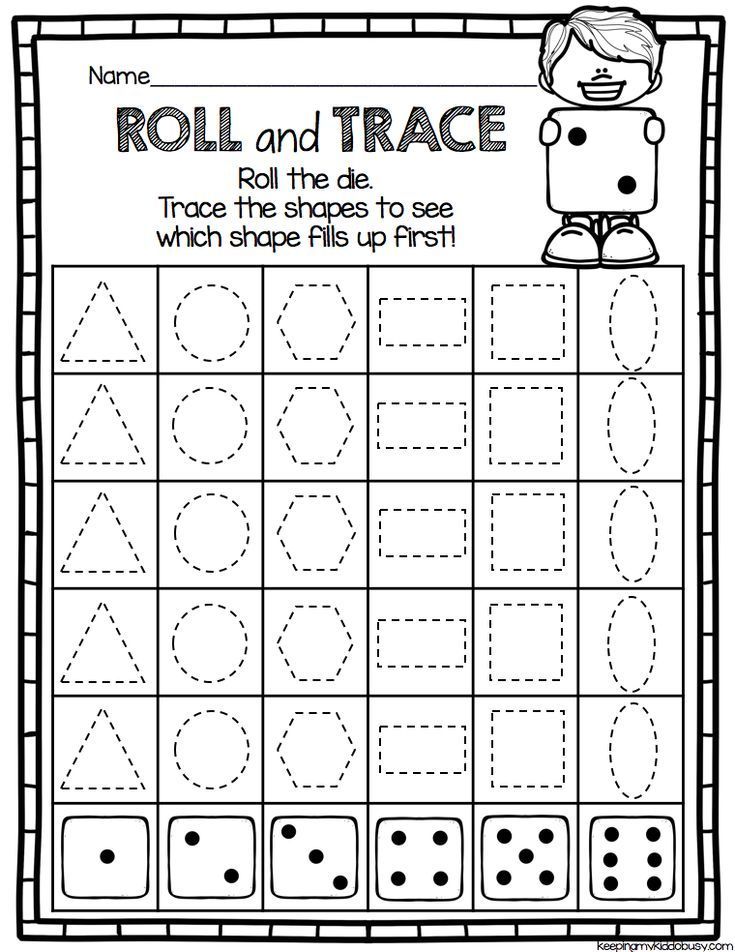 32 841.92] /Contents 97 0 R /group> /Tabs /S /StructParents 7 >> endobj 14 0 obj > /ProcSet [/PDF /Text /ImageB /ImageC /ImageI] >> /MediaBox [0 0 595.32 841.92] /Contents 98 0 R /group> /Tabs /S /StructParents 8 >> endobj 15 0 obj > /ProcSet [/PDF /Text /ImageB /ImageC /ImageI] >> /MediaBox[0 0 595.32 841.92] /Contents 99 0 R /group> /Tabs /S /StructParents 9 >> endobj 16 0 obj > /ProcSet [/PDF /Text /ImageB /ImageC /ImageI] >> /MediaBox [0 0 595.32 841.92] /Contents 100 0R /group> /Tabs /S /StructParents 10 >> endobj 17 0 obj > /ProcSet [/PDF /Text /ImageB /ImageC /ImageI] >> /MediaBox [0 0 595.32 841.92] /Contents 101 0 R /group> /Tabs /S /StructParents 11 >> endobj 18 0 obj > /ProcSet [/PDF /Text /ImageB /ImageC /ImageI] >> /MediaBox[0 0 595.32 841.92] /Contents 102 0R /group> /Tabs /S /StructParents 12 >> endobj 19 0 obj > /ProcSet [/PDF /Text /ImageB /ImageC /ImageI] >> /MediaBox [0 0 595.32 841.92] /Contents 103 0 R /group> /Tabs /S /StructParents 13 >> endobj 20 0 obj > /ProcSet [/PDF /Text /ImageB /ImageC /ImageI] >> /MediaBox [0 0 595.
32 841.92] /Contents 97 0 R /group> /Tabs /S /StructParents 7 >> endobj 14 0 obj > /ProcSet [/PDF /Text /ImageB /ImageC /ImageI] >> /MediaBox [0 0 595.32 841.92] /Contents 98 0 R /group> /Tabs /S /StructParents 8 >> endobj 15 0 obj > /ProcSet [/PDF /Text /ImageB /ImageC /ImageI] >> /MediaBox[0 0 595.32 841.92] /Contents 99 0 R /group> /Tabs /S /StructParents 9 >> endobj 16 0 obj > /ProcSet [/PDF /Text /ImageB /ImageC /ImageI] >> /MediaBox [0 0 595.32 841.92] /Contents 100 0R /group> /Tabs /S /StructParents 10 >> endobj 17 0 obj > /ProcSet [/PDF /Text /ImageB /ImageC /ImageI] >> /MediaBox [0 0 595.32 841.92] /Contents 101 0 R /group> /Tabs /S /StructParents 11 >> endobj 18 0 obj > /ProcSet [/PDF /Text /ImageB /ImageC /ImageI] >> /MediaBox[0 0 595.32 841.92] /Contents 102 0R /group> /Tabs /S /StructParents 12 >> endobj 19 0 obj > /ProcSet [/PDF /Text /ImageB /ImageC /ImageI] >> /MediaBox [0 0 595.32 841.92] /Contents 103 0 R /group> /Tabs /S /StructParents 13 >> endobj 20 0 obj > /ProcSet [/PDF /Text /ImageB /ImageC /ImageI] >> /MediaBox [0 0 595.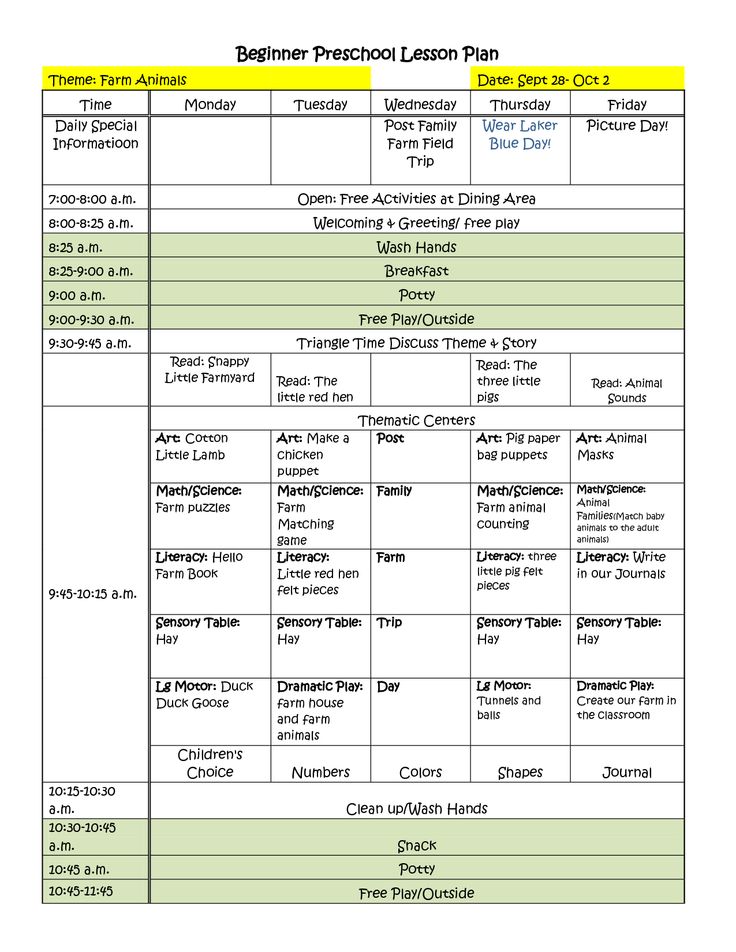 32 841.92] /Contents 104 0 R /group> /Tabs /S /StructParents 14 >> endobj 21 0 obj > /ProcSet [/PDF /Text /ImageB /ImageC /ImageI] >> /MediaBox[0 0 595.32 841.92] /Contents 105 0 R /group> /Tabs /S /StructParents 15 >> endobj 22 0 obj > /ProcSet [/PDF /Text /ImageB /ImageC /ImageI] >> /MediaBox [0 0 595.32 841.92] /Contents 106 0 R /group> /Tabs /S /StructParents 16 >> endobj 23 0 obj > /ProcSet [/PDF /Text /ImageB /ImageC /ImageI] >> /MediaBox [0 0 595.32 841.92] /Contents 107 0 R /group> /Tabs /S /StructParents 17 >> endobj 24 0 obj > /XObject> /ProcSet [/PDF /Text /ImageB /ImageC /ImageI] >> /MediaBox[0 0 595.32 841.92] /Contents 110 0 R /group> /Tabs /S /StructParents 18 >> endobj 25 0 obj > /ProcSet [/PDF /Text /ImageB /ImageC /ImageI] >> /MediaBox [0 0 595.32 841.92] /Contents 111 0 R /group> /Tabs /S /StructParents 19 >> endobj 26 0 obj > /ProcSet [/PDF /Text /ImageB /ImageC /ImageI] >> /MediaBox [0 0 595.32 841.92] /Contents 112 0 R /group> /Tabs /S /StructParents 20 >> endobj 27 0 obj > /ProcSet [/PDF /Text /ImageB /ImageC /ImageI] >> /MediaBox[0 0 595.
32 841.92] /Contents 104 0 R /group> /Tabs /S /StructParents 14 >> endobj 21 0 obj > /ProcSet [/PDF /Text /ImageB /ImageC /ImageI] >> /MediaBox[0 0 595.32 841.92] /Contents 105 0 R /group> /Tabs /S /StructParents 15 >> endobj 22 0 obj > /ProcSet [/PDF /Text /ImageB /ImageC /ImageI] >> /MediaBox [0 0 595.32 841.92] /Contents 106 0 R /group> /Tabs /S /StructParents 16 >> endobj 23 0 obj > /ProcSet [/PDF /Text /ImageB /ImageC /ImageI] >> /MediaBox [0 0 595.32 841.92] /Contents 107 0 R /group> /Tabs /S /StructParents 17 >> endobj 24 0 obj > /XObject> /ProcSet [/PDF /Text /ImageB /ImageC /ImageI] >> /MediaBox[0 0 595.32 841.92] /Contents 110 0 R /group> /Tabs /S /StructParents 18 >> endobj 25 0 obj > /ProcSet [/PDF /Text /ImageB /ImageC /ImageI] >> /MediaBox [0 0 595.32 841.92] /Contents 111 0 R /group> /Tabs /S /StructParents 19 >> endobj 26 0 obj > /ProcSet [/PDF /Text /ImageB /ImageC /ImageI] >> /MediaBox [0 0 595.32 841.92] /Contents 112 0 R /group> /Tabs /S /StructParents 20 >> endobj 27 0 obj > /ProcSet [/PDF /Text /ImageB /ImageC /ImageI] >> /MediaBox[0 0 595. 32 841.92] /Contents 113 0 R /group> /Tabs /S /StructParents 21 >> endobj 28 0 obj > /ProcSet [/PDF /Text /ImageB /ImageC /ImageI] >> /MediaBox [0 0 595.32 841.92] /Contents 114 0 R /group> /Tabs /S /StructParents 22 >> endobj 29 0 obj > /ProcSet [/PDF /Text /ImageB /ImageC /ImageI] >> /MediaBox [0 0 595.32 841.92] /Contents 115 0R /group> /Tabs /S /StructParents 23 >> endobj 30 0 obj > /ProcSet [/PDF /Text /ImageB /ImageC /ImageI] >> /MediaBox[0 0 595.32 841.92] /Contents 116 0 R /group> /Tabs /S /StructParents 24 >> endobj 31 0 obj > /ProcSet [/PDF /Text /ImageB /ImageC /ImageI] >> /MediaBox [0 0 595.32 841.92] /Contents 117 0 R /group> /Tabs /S /StructParents 25 >> endobj 32 0 obj > /ProcSet [/PDF /Text /ImageB /ImageC /ImageI] >> /MediaBox [0 0 595.32 841.92] /Contents 118 0 R /group> /Tabs /S /StructParents 26 >> endobj 33 0 obj > /ProcSet [/PDF /Text /ImageB /ImageC /ImageI] >> /MediaBox[0 0 595.32 841.92] /Contents 119 0 R /group> /Tabs /S /StructParents 27 >> endobj 34 0 obj > /ProcSet [/PDF /Text /ImageB /ImageC /ImageI] >> /MediaBox [0 0 595.
32 841.92] /Contents 113 0 R /group> /Tabs /S /StructParents 21 >> endobj 28 0 obj > /ProcSet [/PDF /Text /ImageB /ImageC /ImageI] >> /MediaBox [0 0 595.32 841.92] /Contents 114 0 R /group> /Tabs /S /StructParents 22 >> endobj 29 0 obj > /ProcSet [/PDF /Text /ImageB /ImageC /ImageI] >> /MediaBox [0 0 595.32 841.92] /Contents 115 0R /group> /Tabs /S /StructParents 23 >> endobj 30 0 obj > /ProcSet [/PDF /Text /ImageB /ImageC /ImageI] >> /MediaBox[0 0 595.32 841.92] /Contents 116 0 R /group> /Tabs /S /StructParents 24 >> endobj 31 0 obj > /ProcSet [/PDF /Text /ImageB /ImageC /ImageI] >> /MediaBox [0 0 595.32 841.92] /Contents 117 0 R /group> /Tabs /S /StructParents 25 >> endobj 32 0 obj > /ProcSet [/PDF /Text /ImageB /ImageC /ImageI] >> /MediaBox [0 0 595.32 841.92] /Contents 118 0 R /group> /Tabs /S /StructParents 26 >> endobj 33 0 obj > /ProcSet [/PDF /Text /ImageB /ImageC /ImageI] >> /MediaBox[0 0 595.32 841.92] /Contents 119 0 R /group> /Tabs /S /StructParents 27 >> endobj 34 0 obj > /ProcSet [/PDF /Text /ImageB /ImageC /ImageI] >> /MediaBox [0 0 595.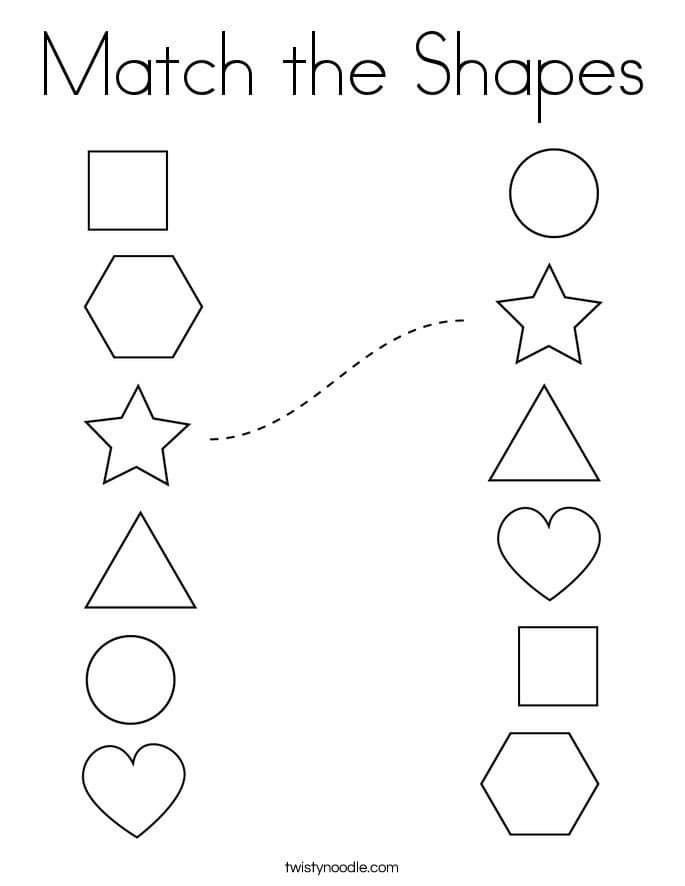 32 841.92] /Contents 120 0 R /group> /Tabs /S /StructParents 28 >> endobj 35 0 obj > /ProcSet [/PDF /Text /ImageB /ImageC /ImageI] >> /MediaBox [0 0 595.32 841.92] /Contents 121 0 R /group> /Tabs /S /StructParents 29 >> endobj 36 0 obj > /ProcSet [/PDF /Text /ImageB /ImageC /ImageI] >> /MediaBox[0 0 595.32 841.92] /Contents 122 0 R /group> /Tabs /S /StructParents 30 >> endobj 37 0 obj > /ProcSet [/PDF /Text /ImageB /ImageC /ImageI] >> /MediaBox [0 0 595.32 841.92] /Contents 123 0 R /group> /Tabs /S /StructParents 31 >> endobj 38 0 obj > /ProcSet [/PDF /Text /ImageB /ImageC /ImageI] >> /MediaBox [0 0 595.32 841.92] /Contents 124 0 R /group> /Tabs /S /StructParents 32 >> endobj 39 0 obj > /ProcSet [/PDF /Text /ImageB /ImageC /ImageI] >> /MediaBox[0 0 595.32 841.92] /Contents 125 0 R /group> /Tabs /S /StructParents 33 >> endobj 40 0 obj > /ProcSet [/PDF /Text /ImageB /ImageC /ImageI] >> /MediaBox [0 0 595.32 841.92] /Contents 126 0 R /group> /Tabs /S /StructParents 34 >> endobj 41 0 obj > /ProcSet [/PDF /Text /ImageB /ImageC /ImageI] >> /MediaBox [0 0 595.
32 841.92] /Contents 120 0 R /group> /Tabs /S /StructParents 28 >> endobj 35 0 obj > /ProcSet [/PDF /Text /ImageB /ImageC /ImageI] >> /MediaBox [0 0 595.32 841.92] /Contents 121 0 R /group> /Tabs /S /StructParents 29 >> endobj 36 0 obj > /ProcSet [/PDF /Text /ImageB /ImageC /ImageI] >> /MediaBox[0 0 595.32 841.92] /Contents 122 0 R /group> /Tabs /S /StructParents 30 >> endobj 37 0 obj > /ProcSet [/PDF /Text /ImageB /ImageC /ImageI] >> /MediaBox [0 0 595.32 841.92] /Contents 123 0 R /group> /Tabs /S /StructParents 31 >> endobj 38 0 obj > /ProcSet [/PDF /Text /ImageB /ImageC /ImageI] >> /MediaBox [0 0 595.32 841.92] /Contents 124 0 R /group> /Tabs /S /StructParents 32 >> endobj 39 0 obj > /ProcSet [/PDF /Text /ImageB /ImageC /ImageI] >> /MediaBox[0 0 595.32 841.92] /Contents 125 0 R /group> /Tabs /S /StructParents 33 >> endobj 40 0 obj > /ProcSet [/PDF /Text /ImageB /ImageC /ImageI] >> /MediaBox [0 0 595.32 841.92] /Contents 126 0 R /group> /Tabs /S /StructParents 34 >> endobj 41 0 obj > /ProcSet [/PDF /Text /ImageB /ImageC /ImageI] >> /MediaBox [0 0 595.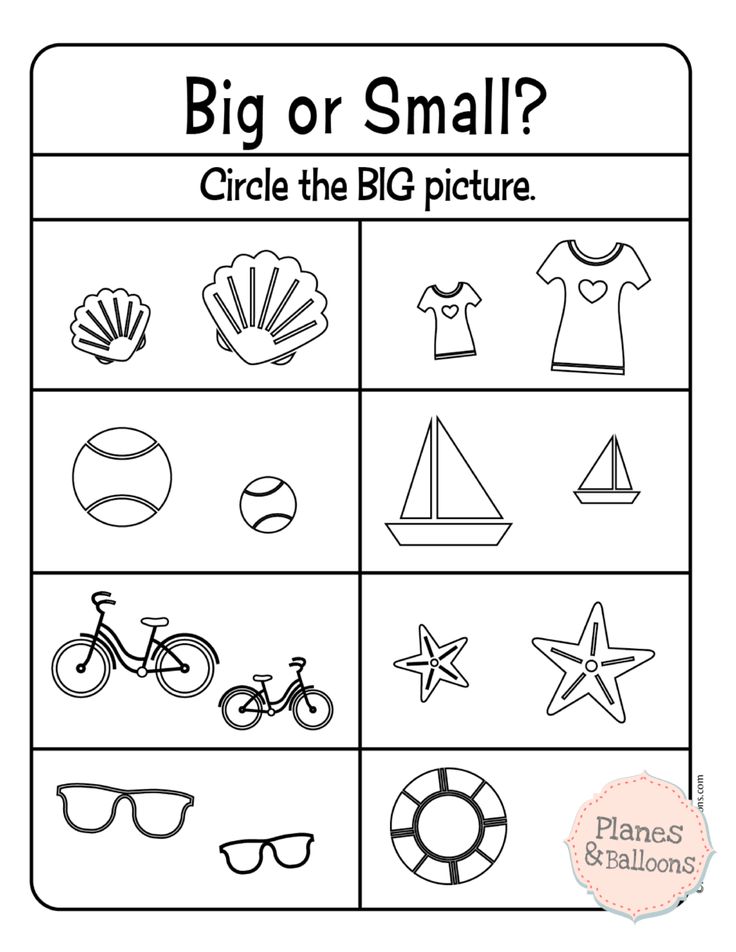 32 841.92] /Contents 127 0 R /group> /Tabs /S /StructParents 35 >> endobj 42 0 obj > /ProcSet [/PDF /Text /ImageB /ImageC /ImageI] >> /MediaBox[0 0 595.32 841.92] /Contents 128 0 R /group> /Tabs /S /StructParents 36 >> endobj 43 0 obj > /XObject> /ProcSet [/PDF /Text /ImageB /ImageC /ImageI] >> /MediaBox [0 0 595.32 841.92] /Contents 130 0R /group> /Tabs /S /StructParents 37 >> endobj 44 0 obj > /XObject> /ProcSet [/PDF /Text /ImageB /ImageC /ImageI] >> /MediaBox [0 0 595.32 841.92] /Contents 132 0 R /group> /Tabs /S /StructParents 38 >> endobj 45 0 obj > /ProcSet [/PDF /Text /ImageB /ImageC /ImageI] >> /MediaBox[0 0 595.32 841.92] /Contents 133 0 R /group> /Tabs /S /StructParents 39 >> endobj 46 0 obj > /XObject> /ProcSet [/PDF /Text /ImageB /ImageC /ImageI] >> /MediaBox [0 0 595.32 841.92] /Contents 134 0R /group> /Tabs /S /StructParents 40 >> endobj 47 0 obj > /XObject> /ProcSet [/PDF /Text /ImageB /ImageC /ImageI] >> /MediaBox [0 0 595.32 841.92] /Contents 136 0R /group> /Tabs /S /StructParents 41 >> endobj 48 0 obj > /ProcSet [/PDF /Text /ImageB /ImageC /ImageI] >> /MediaBox[0 0 595.
32 841.92] /Contents 127 0 R /group> /Tabs /S /StructParents 35 >> endobj 42 0 obj > /ProcSet [/PDF /Text /ImageB /ImageC /ImageI] >> /MediaBox[0 0 595.32 841.92] /Contents 128 0 R /group> /Tabs /S /StructParents 36 >> endobj 43 0 obj > /XObject> /ProcSet [/PDF /Text /ImageB /ImageC /ImageI] >> /MediaBox [0 0 595.32 841.92] /Contents 130 0R /group> /Tabs /S /StructParents 37 >> endobj 44 0 obj > /XObject> /ProcSet [/PDF /Text /ImageB /ImageC /ImageI] >> /MediaBox [0 0 595.32 841.92] /Contents 132 0 R /group> /Tabs /S /StructParents 38 >> endobj 45 0 obj > /ProcSet [/PDF /Text /ImageB /ImageC /ImageI] >> /MediaBox[0 0 595.32 841.92] /Contents 133 0 R /group> /Tabs /S /StructParents 39 >> endobj 46 0 obj > /XObject> /ProcSet [/PDF /Text /ImageB /ImageC /ImageI] >> /MediaBox [0 0 595.32 841.92] /Contents 134 0R /group> /Tabs /S /StructParents 40 >> endobj 47 0 obj > /XObject> /ProcSet [/PDF /Text /ImageB /ImageC /ImageI] >> /MediaBox [0 0 595.32 841.92] /Contents 136 0R /group> /Tabs /S /StructParents 41 >> endobj 48 0 obj > /ProcSet [/PDF /Text /ImageB /ImageC /ImageI] >> /MediaBox[0 0 595.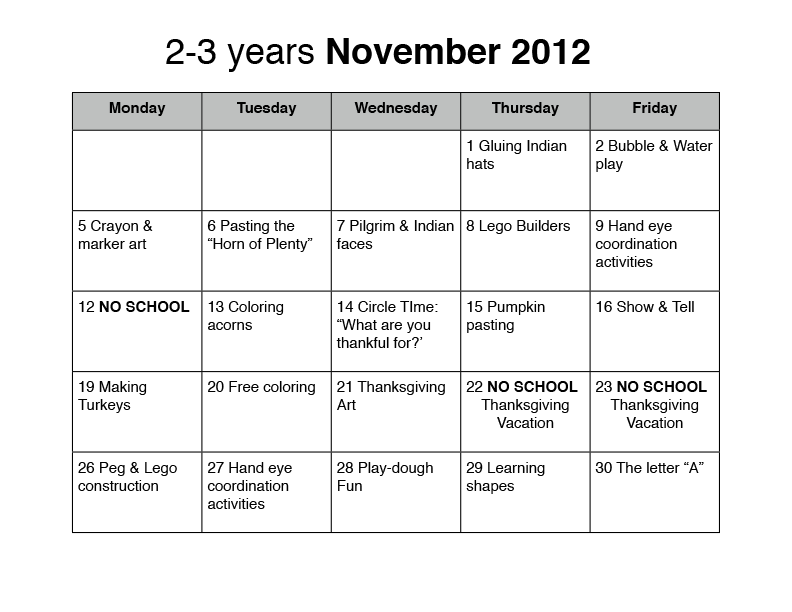 32 841.92] /Contents 137 0R /group> /Tabs /S /StructParents 42 >> endobj 49 0 obj > /ProcSet [/PDF /Text /ImageB /ImageC /ImageI] >> /MediaBox [0 0 595.32 841.92] /Contents 138 0R /group> /Tabs /S /StructParents 43 >> endobj 50 0 obj > /ProcSet [/PDF /Text /ImageB /ImageC /ImageI] >> /MediaBox [0 0 595.32 841.92] /Contents 139 0R /group> /Tabs /S /StructParents 44 >> endobj 51 0 obj > /ProcSet [/PDF /Text /ImageB /ImageC /ImageI] >> /MediaBox[0 0 595.32 841.92] /Contents 140 0R /group> /Tabs /S /StructParents 45 >> endobj 52 0 obj > /ProcSet [/PDF /Text /ImageB /ImageC /ImageI] >> /MediaBox [0 0 595.32 841.92] /Contents 141 0 R /group> /Tabs /S /StructParents 46 >> endobj 53 0 obj > /ProcSet [/PDF /Text /ImageB /ImageC /ImageI] >> /MediaBox [0 0 595.32 841.92] /Contents 144 0R /group> /Tabs /S /StructParents 47 >> endobj 54 0 obj > /ProcSet [/PDF /Text /ImageB /ImageC /ImageI] >> /MediaBox[0 0 595.32 841.92] /Contents 145 0R /group> /Tabs /S /StructParents 48 >> endobj 55 0 obj > /ProcSet [/PDF /Text /ImageB /ImageC /ImageI] >> /MediaBox [0 0 595.
32 841.92] /Contents 137 0R /group> /Tabs /S /StructParents 42 >> endobj 49 0 obj > /ProcSet [/PDF /Text /ImageB /ImageC /ImageI] >> /MediaBox [0 0 595.32 841.92] /Contents 138 0R /group> /Tabs /S /StructParents 43 >> endobj 50 0 obj > /ProcSet [/PDF /Text /ImageB /ImageC /ImageI] >> /MediaBox [0 0 595.32 841.92] /Contents 139 0R /group> /Tabs /S /StructParents 44 >> endobj 51 0 obj > /ProcSet [/PDF /Text /ImageB /ImageC /ImageI] >> /MediaBox[0 0 595.32 841.92] /Contents 140 0R /group> /Tabs /S /StructParents 45 >> endobj 52 0 obj > /ProcSet [/PDF /Text /ImageB /ImageC /ImageI] >> /MediaBox [0 0 595.32 841.92] /Contents 141 0 R /group> /Tabs /S /StructParents 46 >> endobj 53 0 obj > /ProcSet [/PDF /Text /ImageB /ImageC /ImageI] >> /MediaBox [0 0 595.32 841.92] /Contents 144 0R /group> /Tabs /S /StructParents 47 >> endobj 54 0 obj > /ProcSet [/PDF /Text /ImageB /ImageC /ImageI] >> /MediaBox[0 0 595.32 841.92] /Contents 145 0R /group> /Tabs /S /StructParents 48 >> endobj 55 0 obj > /ProcSet [/PDF /Text /ImageB /ImageC /ImageI] >> /MediaBox [0 0 595.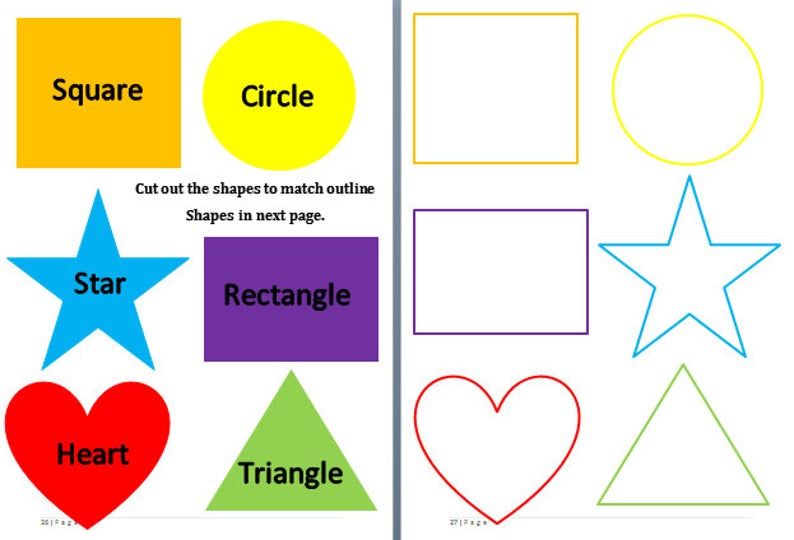 32 841.92] /Contents 146 0R /group> /Tabs /S /StructParents 49 >> endobj 56 0 obj > /ProcSet [/PDF /Text /ImageB /ImageC /ImageI] >> /MediaBox [0 0 595.32 841.92] /Contents 147 0R /group> /Tabs /S /StructParents 50 >> endobj 57 0 obj > /XObject> /ProcSet [/PDF /Text /ImageB /ImageC /ImageI] >> /MediaBox[0 0 595.32 841.92] /Contents 149 0 R /group> /Tabs /S /StructParents 51 >> endobj 58 0 obj > /XObject> /ProcSet [/PDF /Text /ImageB /ImageC /ImageI] >> /MediaBox [0 0 595.32 841.92] /Contents 151 0 R /group> /Tabs /S /StructParents 52 >> endobj 59 0 obj > /XObject> /ProcSet [/PDF /Text /ImageB /ImageC /ImageI] >> /MediaBox [0 0 595.32 841.92] /Contents 152 0 R /group> /Tabs /S /StructParents 53 >> endobj 60 0 obj > /XObject> /ProcSet [/PDF /Text /ImageB /ImageC /ImageI] >> /MediaBox[0 0 595.32 841.92] /Contents 154 0 R /group> /Tabs /S /StructParents 54 >> endobj 61 0 obj > /ProcSet [/PDF /Text /ImageB /ImageC /ImageI] >> /MediaBox [0 0 595.32 841.92] /Contents 155 0R /group> /Tabs /S /StructParents 55 >> endobj 62 0 obj > /ProcSet [/PDF /Text /ImageB /ImageC /ImageI] >> /MediaBox [0 0 595.
32 841.92] /Contents 146 0R /group> /Tabs /S /StructParents 49 >> endobj 56 0 obj > /ProcSet [/PDF /Text /ImageB /ImageC /ImageI] >> /MediaBox [0 0 595.32 841.92] /Contents 147 0R /group> /Tabs /S /StructParents 50 >> endobj 57 0 obj > /XObject> /ProcSet [/PDF /Text /ImageB /ImageC /ImageI] >> /MediaBox[0 0 595.32 841.92] /Contents 149 0 R /group> /Tabs /S /StructParents 51 >> endobj 58 0 obj > /XObject> /ProcSet [/PDF /Text /ImageB /ImageC /ImageI] >> /MediaBox [0 0 595.32 841.92] /Contents 151 0 R /group> /Tabs /S /StructParents 52 >> endobj 59 0 obj > /XObject> /ProcSet [/PDF /Text /ImageB /ImageC /ImageI] >> /MediaBox [0 0 595.32 841.92] /Contents 152 0 R /group> /Tabs /S /StructParents 53 >> endobj 60 0 obj > /XObject> /ProcSet [/PDF /Text /ImageB /ImageC /ImageI] >> /MediaBox[0 0 595.32 841.92] /Contents 154 0 R /group> /Tabs /S /StructParents 54 >> endobj 61 0 obj > /ProcSet [/PDF /Text /ImageB /ImageC /ImageI] >> /MediaBox [0 0 595.32 841.92] /Contents 155 0R /group> /Tabs /S /StructParents 55 >> endobj 62 0 obj > /ProcSet [/PDF /Text /ImageB /ImageC /ImageI] >> /MediaBox [0 0 595.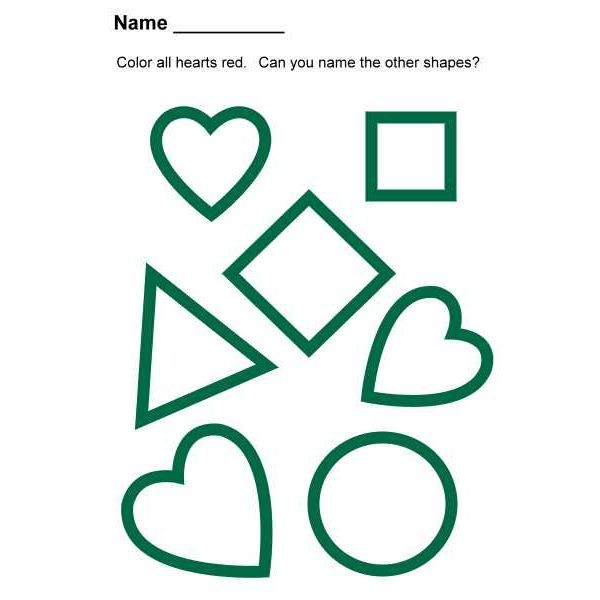 32 841.92] /Contents 156 0R /group> /Tabs /S /StructParents 56 >> endobj 63 0 obj > /ProcSet [/PDF /Text /ImageB /ImageC /ImageI] >> /MediaBox[0 0 595.32 841.92] /Contents 157 0R /group> /Tabs /S /StructParents 57 >> endobj 64 0 obj > /ProcSet [/PDF /Text /ImageB /ImageC /ImageI] >> /MediaBox [0 0 595.32 841.92] /Contents 158 0 R /group> /Tabs /S /StructParents 58 >> endobj 65 0 obj > /ProcSet [/PDF /Text /ImageB /ImageC /ImageI] >> /MediaBox [0 0 595.32 841.92] /Contents 159 0R /group> /Tabs /S /StructParents 59 >> endobj 66 0 obj > /ProcSet [/PDF /Text /ImageB /ImageC /ImageI] >> /MediaBox[0 0 595.32 841.92] /Contents 160 0R /group> /Tabs /S /StructParents 60 >> endobj 67 0 obj > /ProcSet [/PDF /Text /ImageB /ImageC /ImageI] >> /MediaBox [0 0 595.32 841.92] /Contents 161 0R /group> /Tabs /S /StructParents 61 >> endobj 68 0 obj > /ProcSet [/PDF /Text /ImageB /ImageC /ImageI] >> /MediaBox [0 0 595.32 841.92] /Contents 162 0 R /group> /Tabs /S /StructParents 62 >> endobj 69 0 obj > /ProcSet [/PDF /Text /ImageB /ImageC /ImageI] >> /MediaBox[0 0 595.
32 841.92] /Contents 156 0R /group> /Tabs /S /StructParents 56 >> endobj 63 0 obj > /ProcSet [/PDF /Text /ImageB /ImageC /ImageI] >> /MediaBox[0 0 595.32 841.92] /Contents 157 0R /group> /Tabs /S /StructParents 57 >> endobj 64 0 obj > /ProcSet [/PDF /Text /ImageB /ImageC /ImageI] >> /MediaBox [0 0 595.32 841.92] /Contents 158 0 R /group> /Tabs /S /StructParents 58 >> endobj 65 0 obj > /ProcSet [/PDF /Text /ImageB /ImageC /ImageI] >> /MediaBox [0 0 595.32 841.92] /Contents 159 0R /group> /Tabs /S /StructParents 59 >> endobj 66 0 obj > /ProcSet [/PDF /Text /ImageB /ImageC /ImageI] >> /MediaBox[0 0 595.32 841.92] /Contents 160 0R /group> /Tabs /S /StructParents 60 >> endobj 67 0 obj > /ProcSet [/PDF /Text /ImageB /ImageC /ImageI] >> /MediaBox [0 0 595.32 841.92] /Contents 161 0R /group> /Tabs /S /StructParents 61 >> endobj 68 0 obj > /ProcSet [/PDF /Text /ImageB /ImageC /ImageI] >> /MediaBox [0 0 595.32 841.92] /Contents 162 0 R /group> /Tabs /S /StructParents 62 >> endobj 69 0 obj > /ProcSet [/PDF /Text /ImageB /ImageC /ImageI] >> /MediaBox[0 0 595.